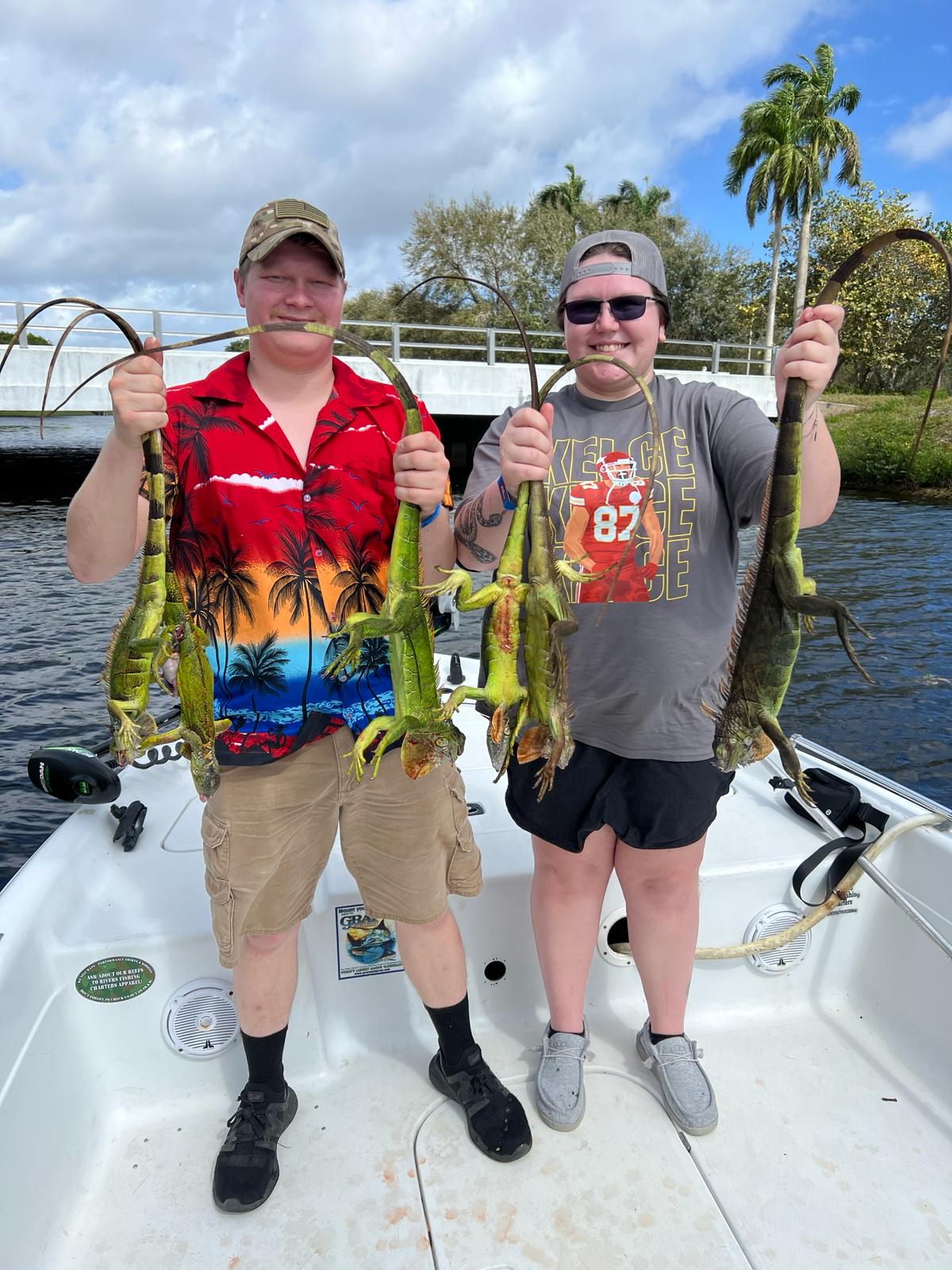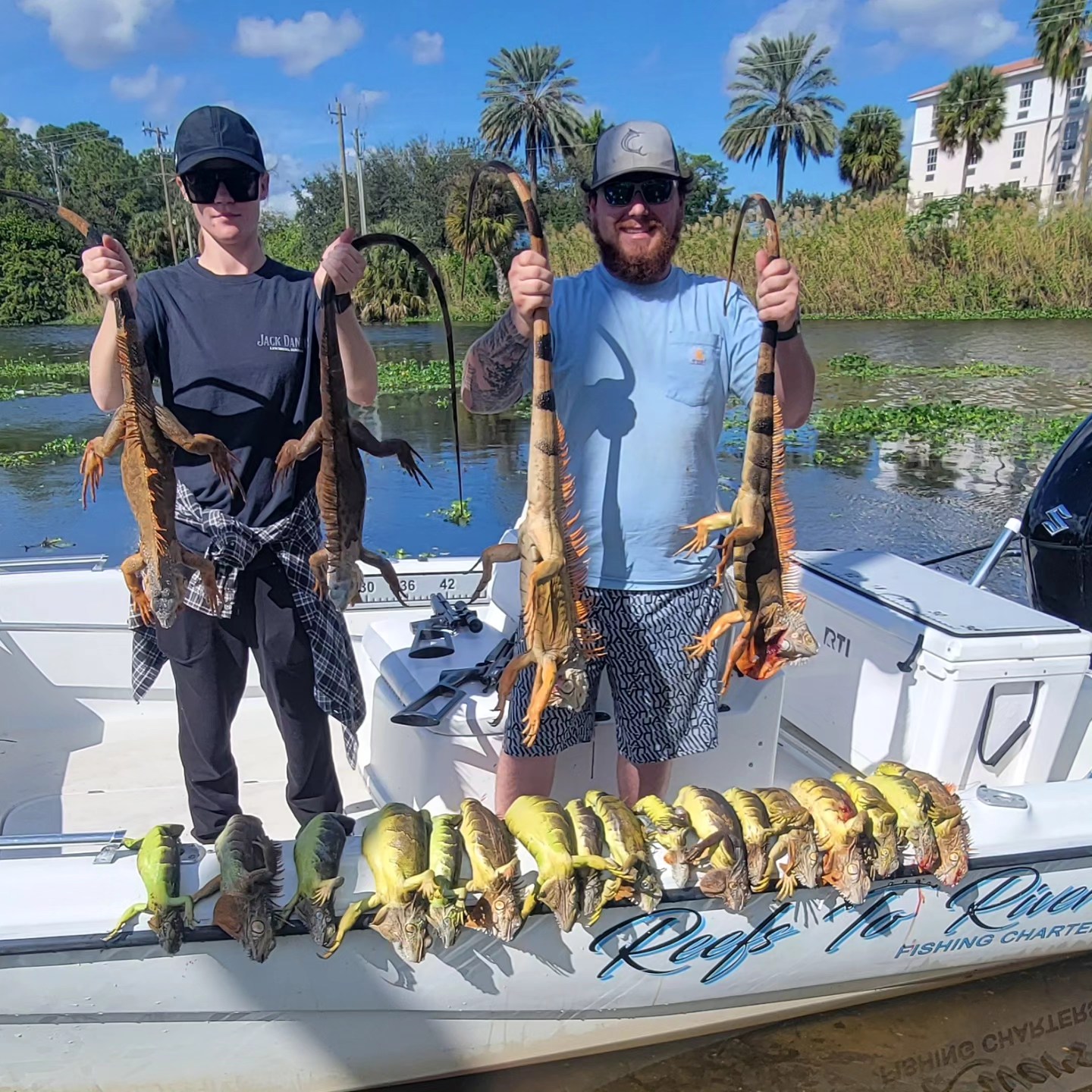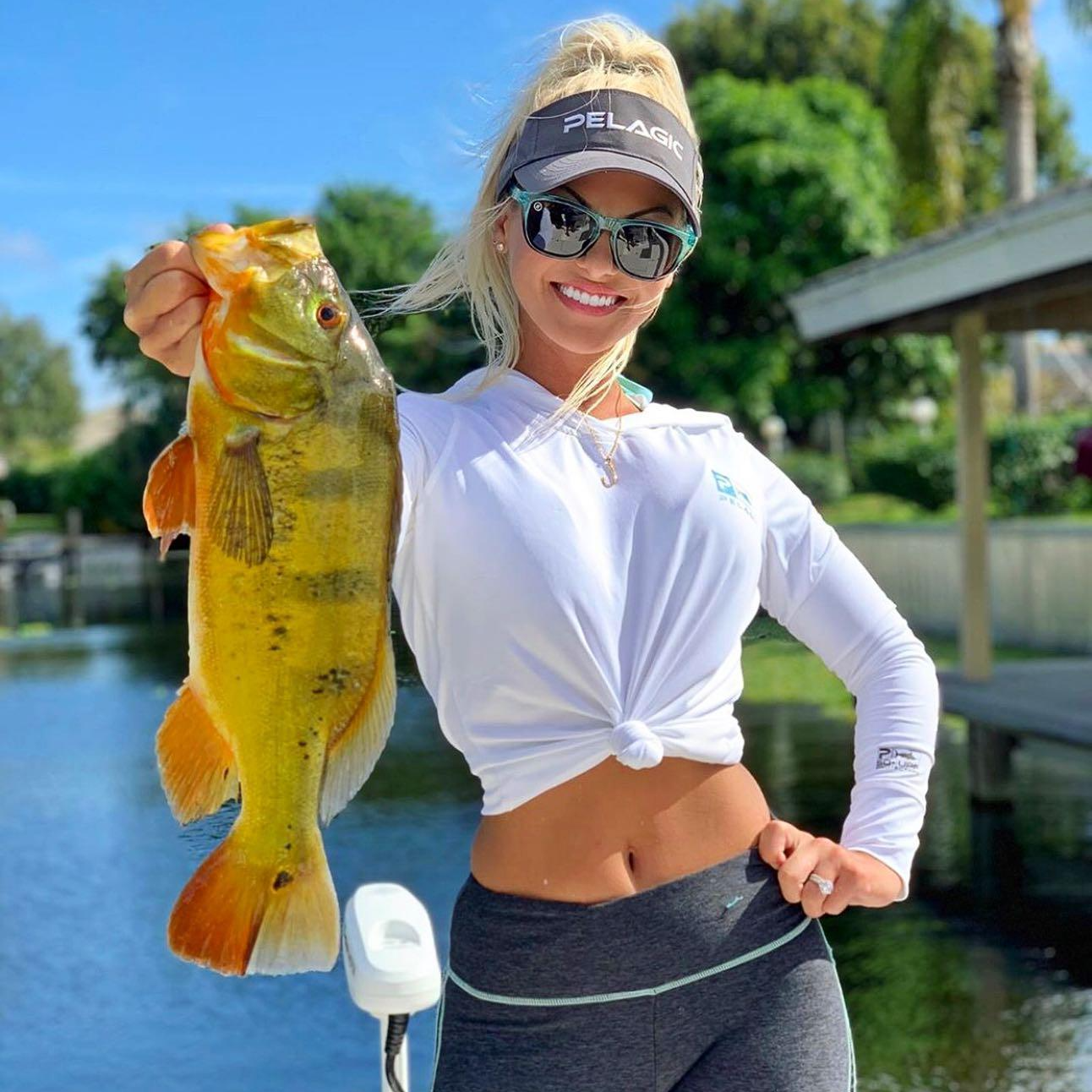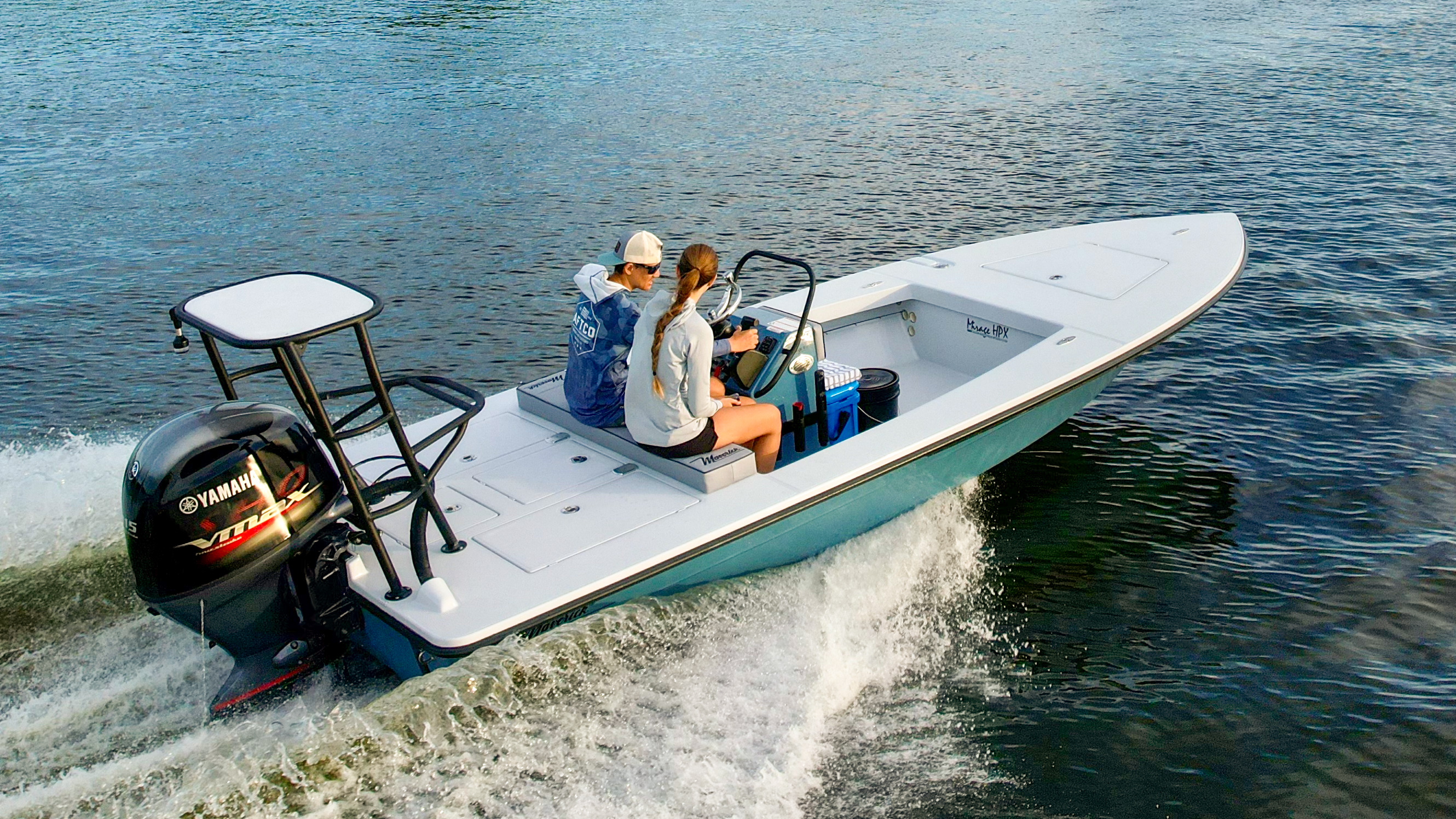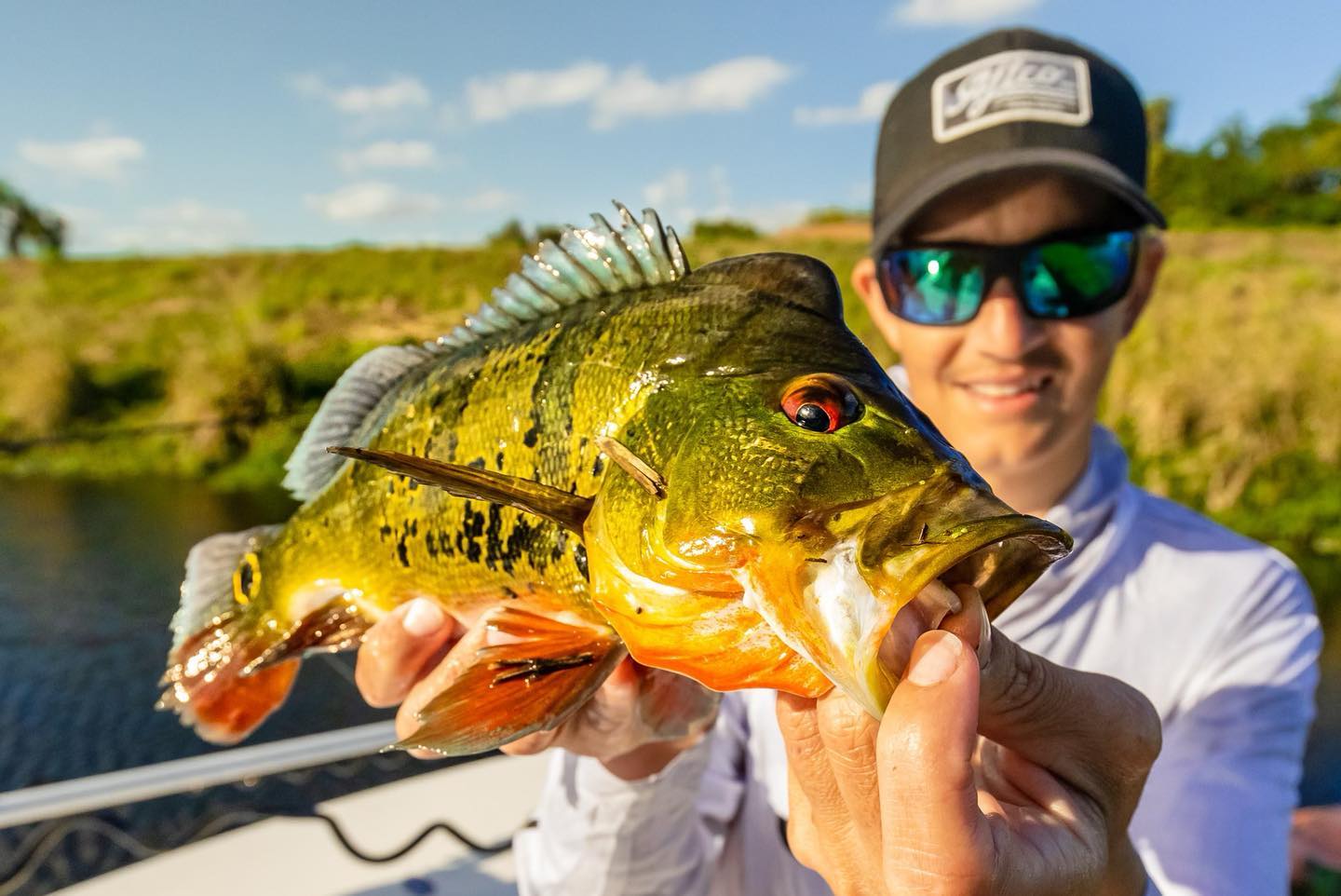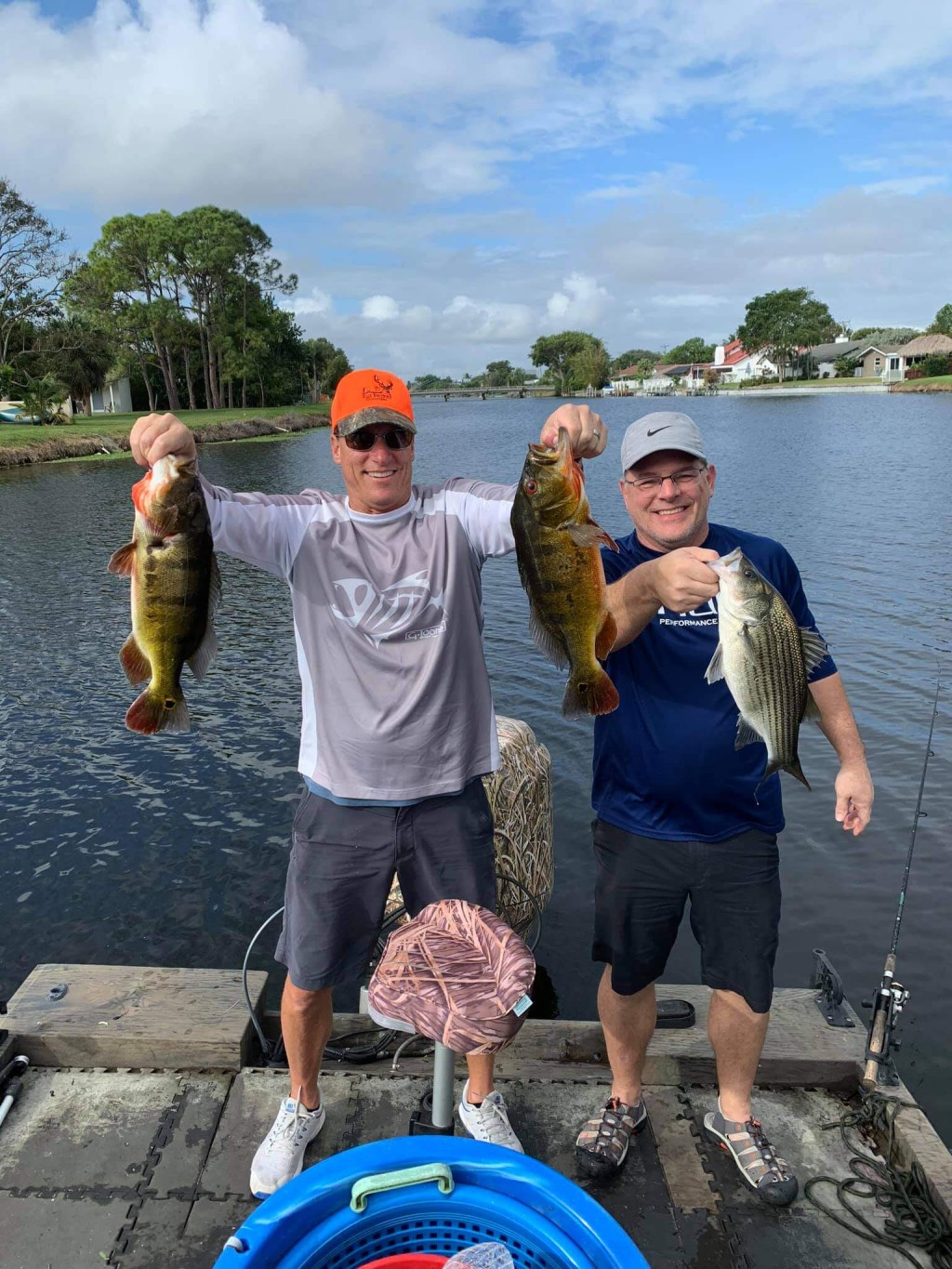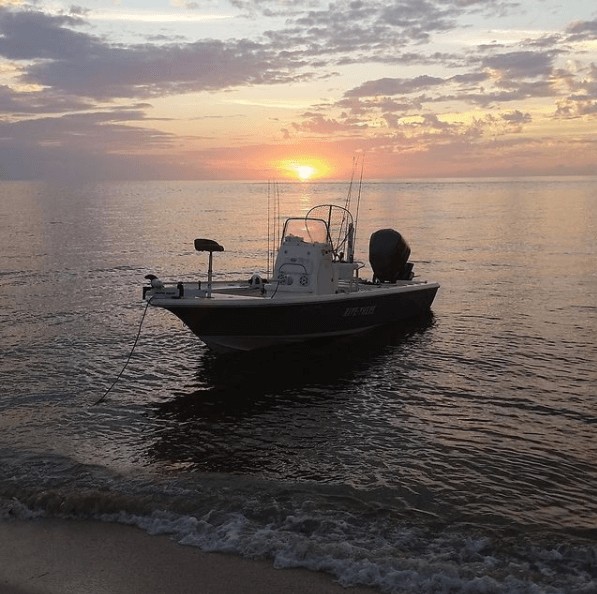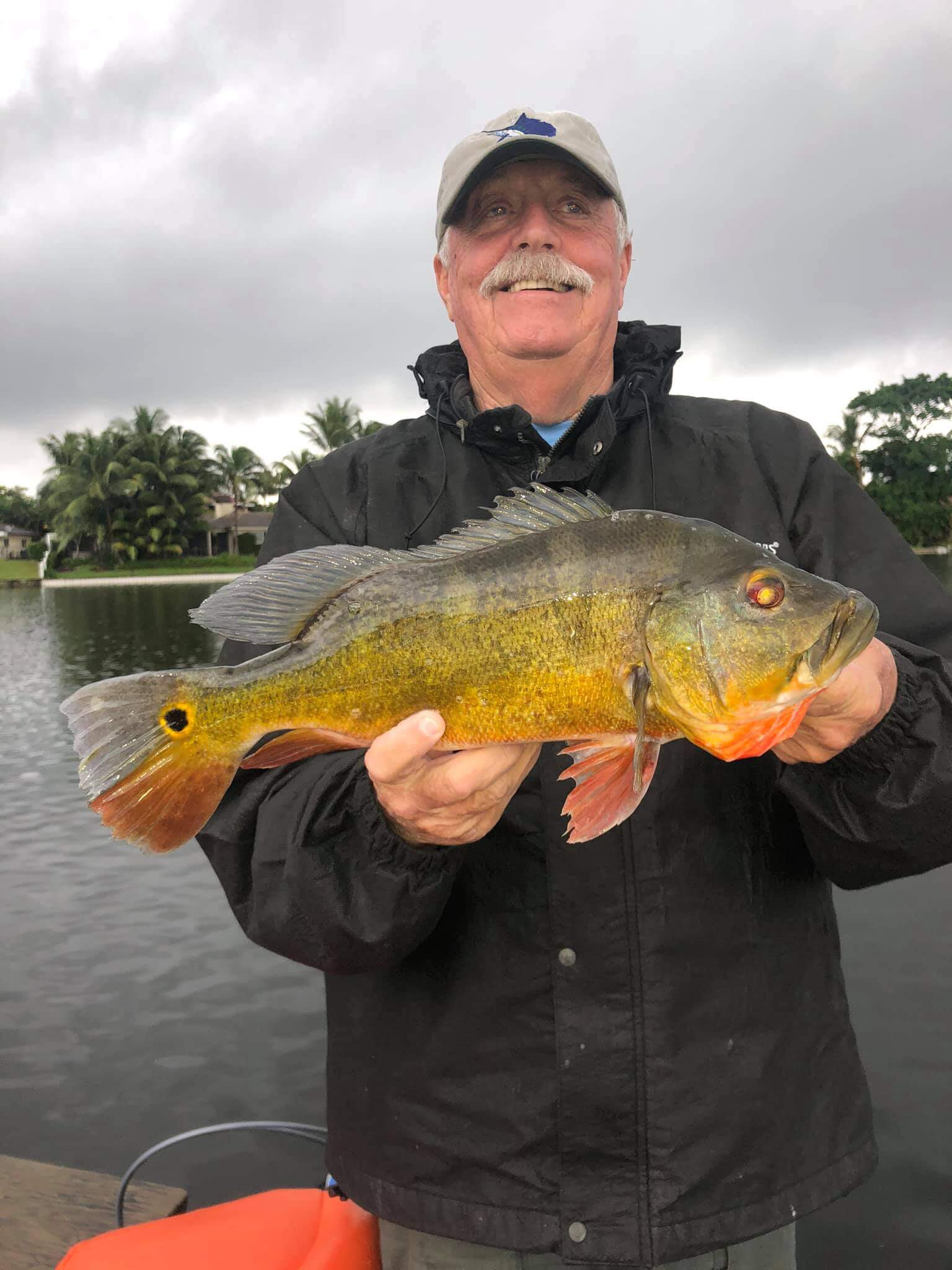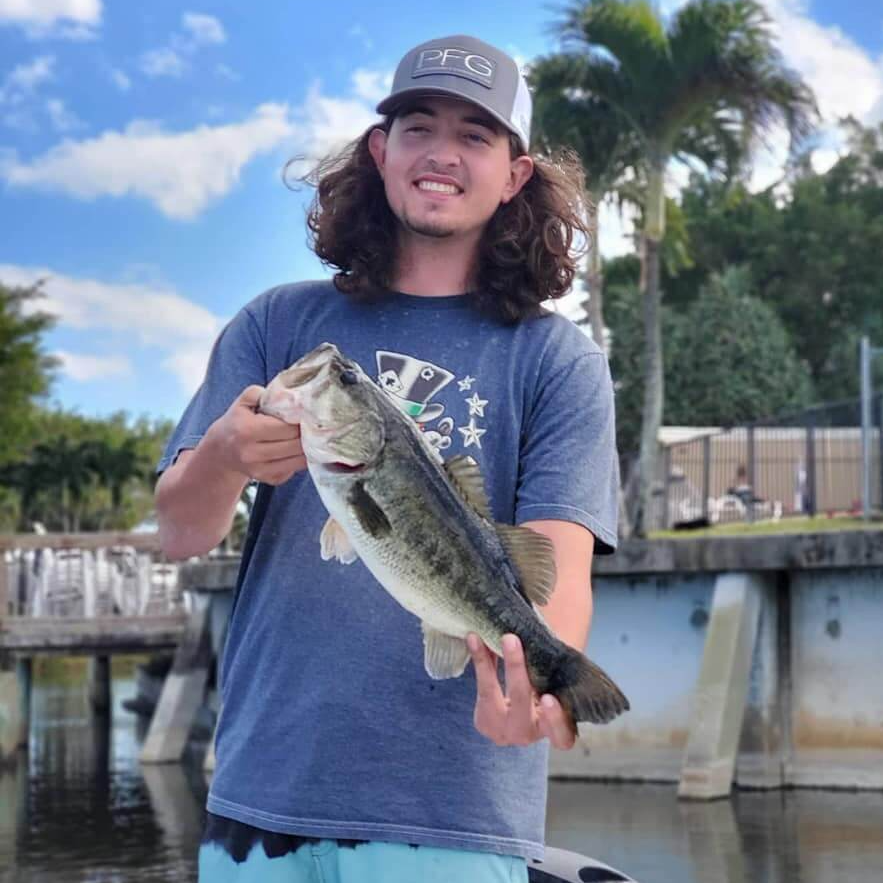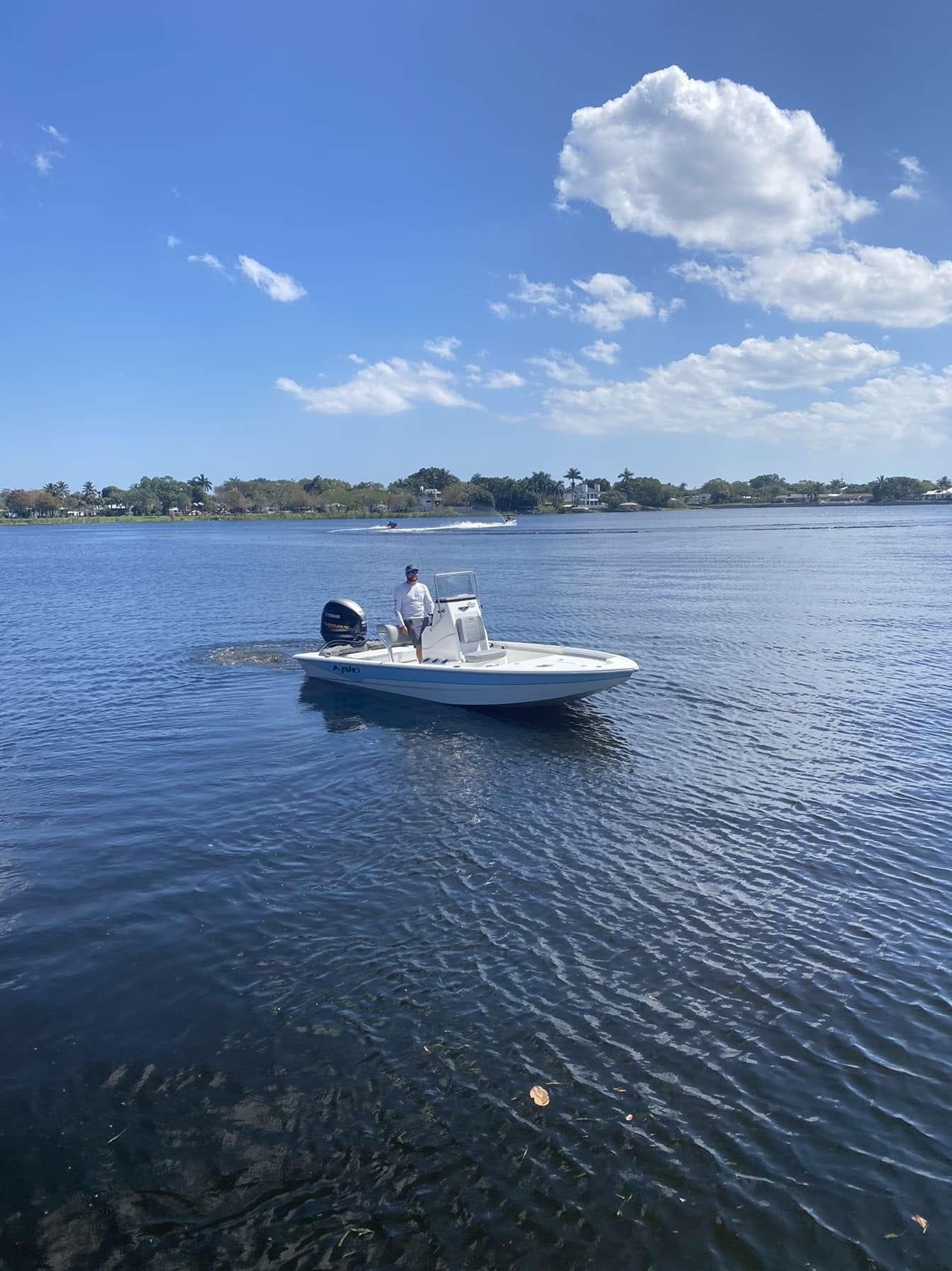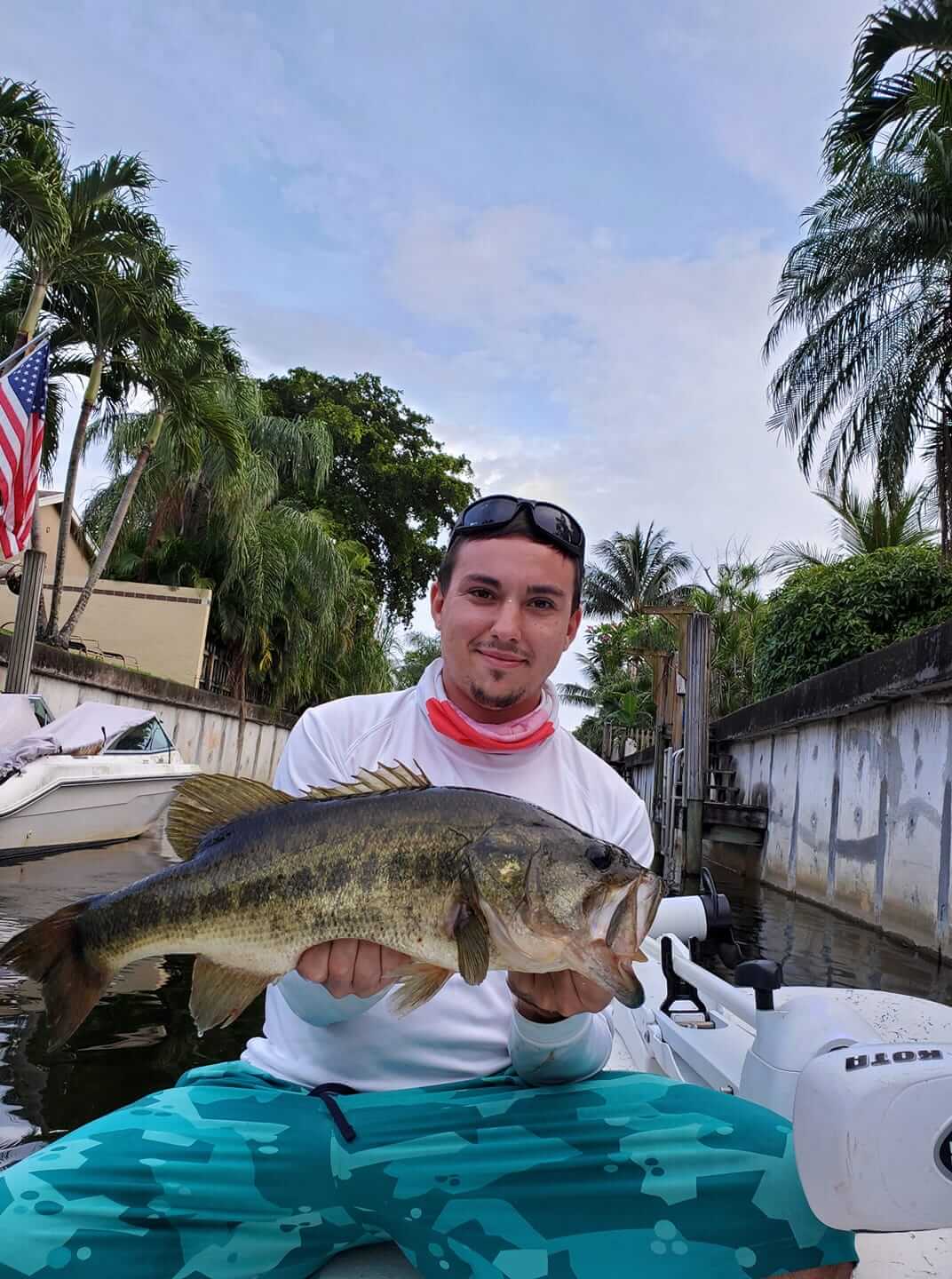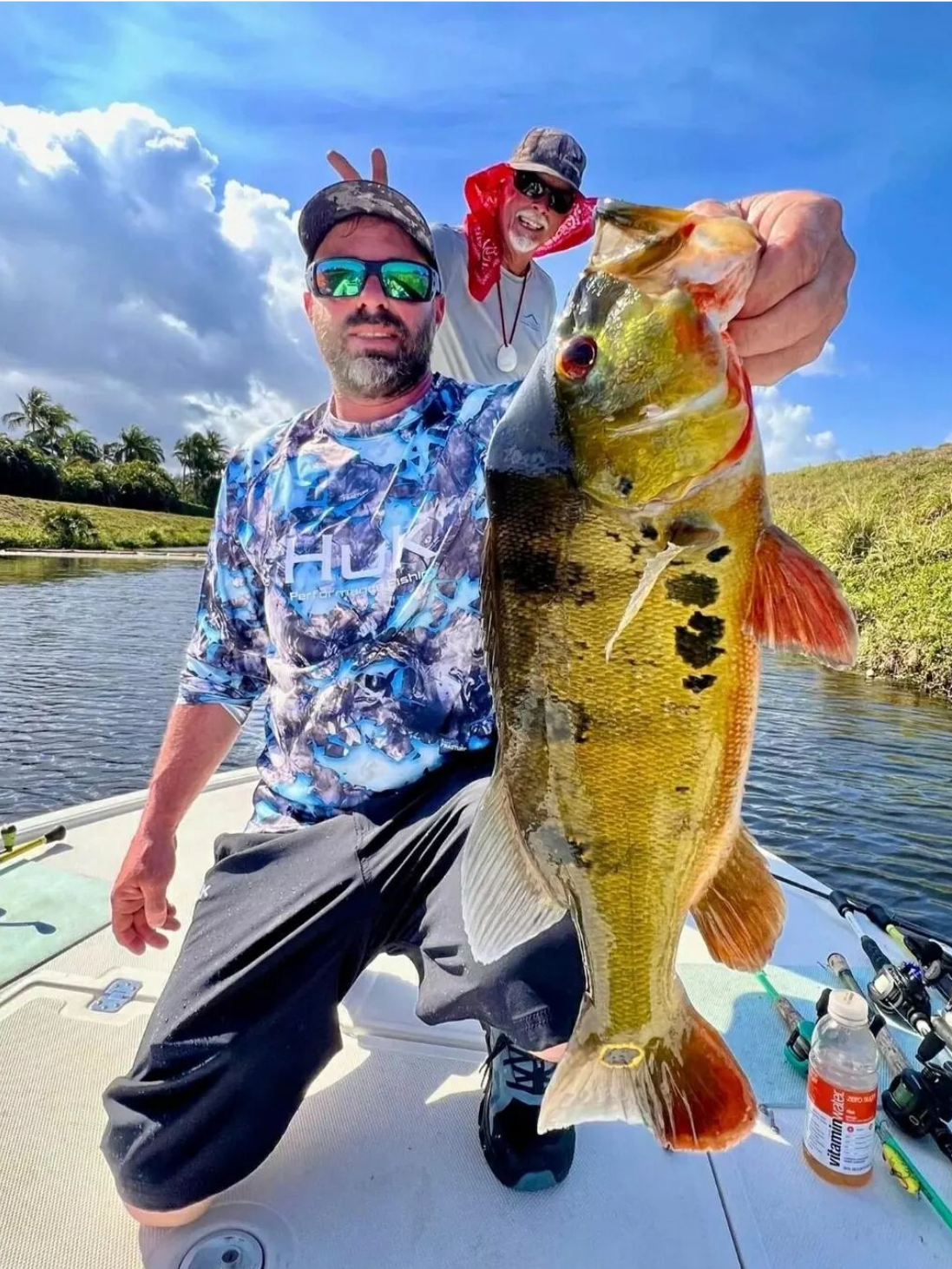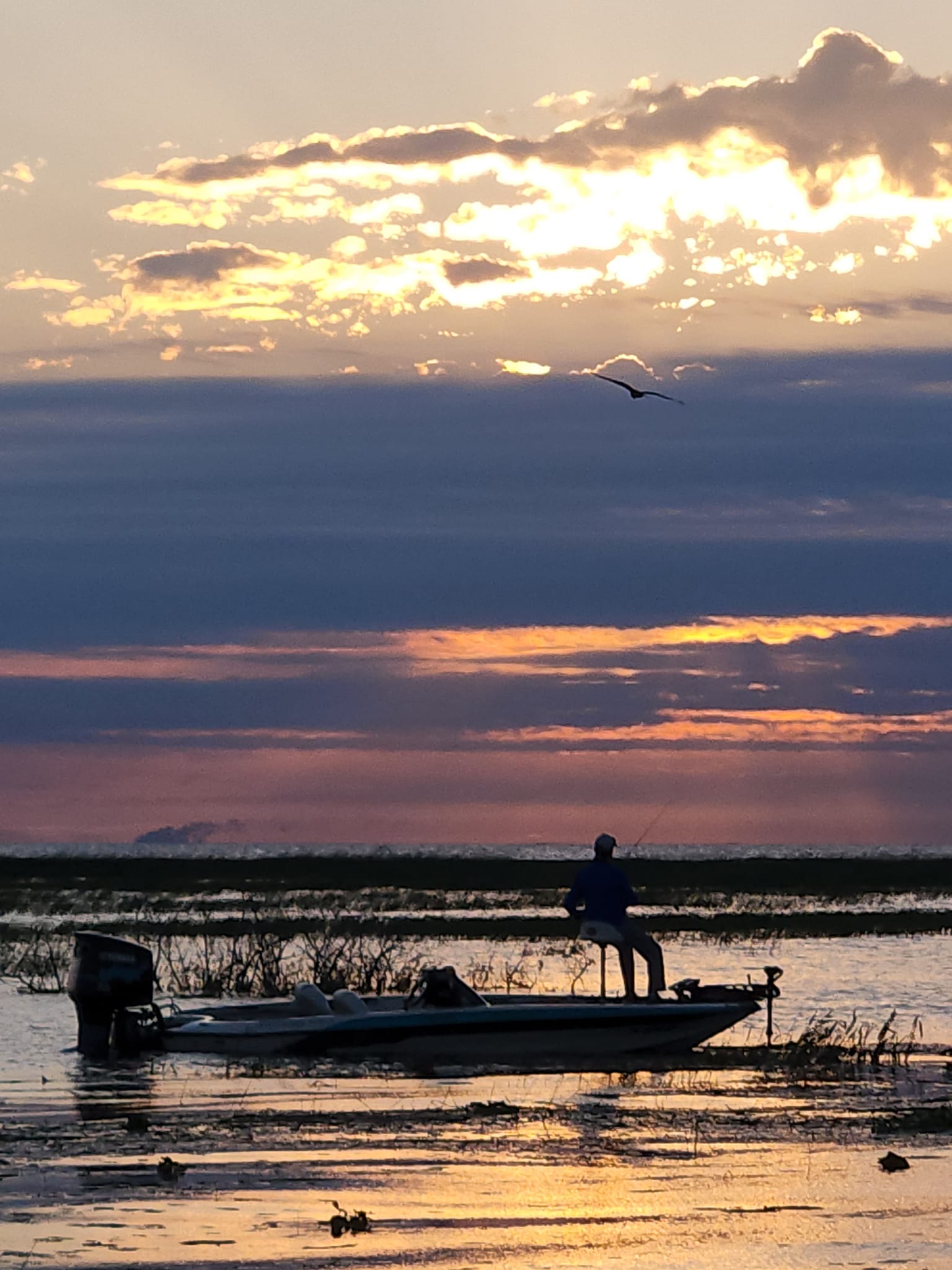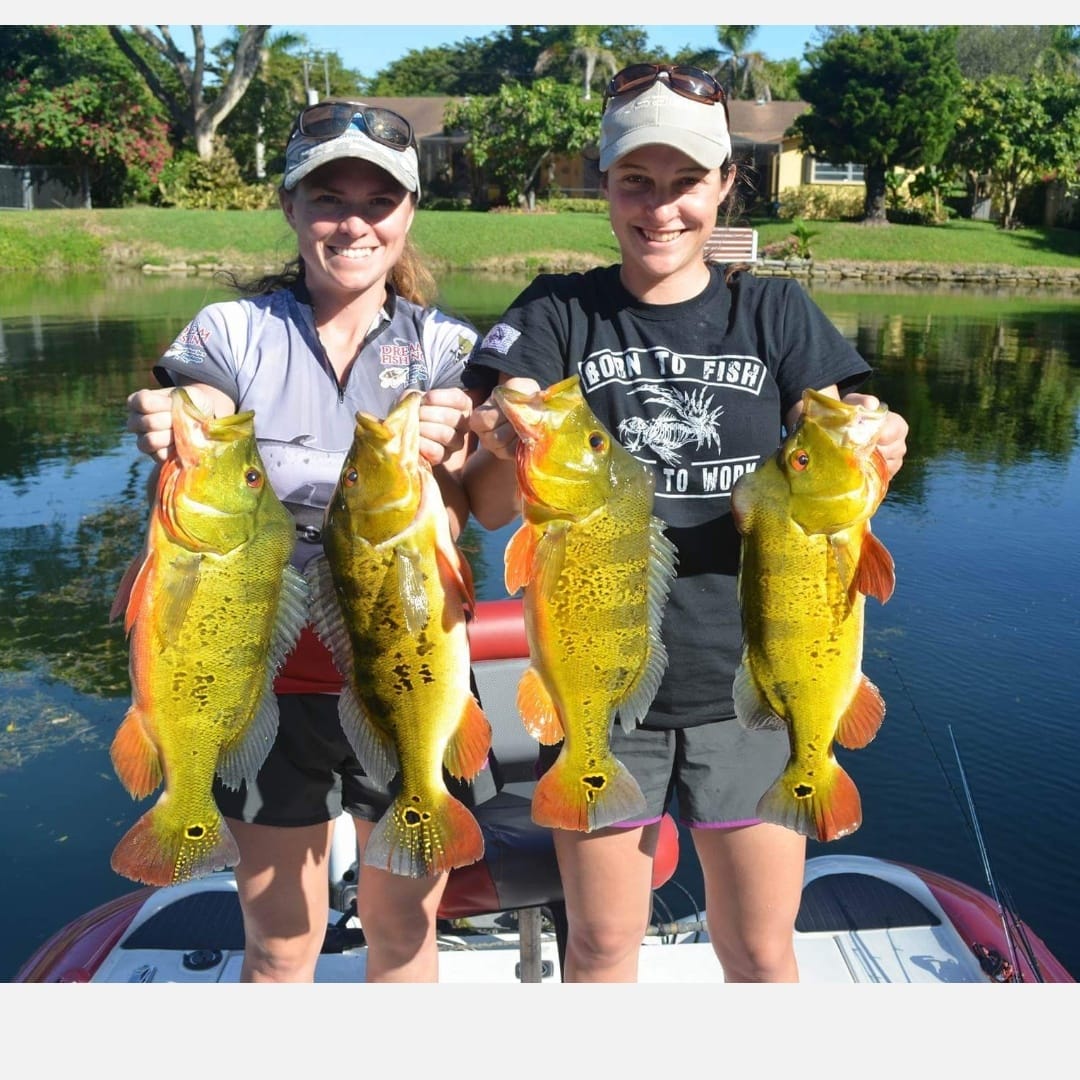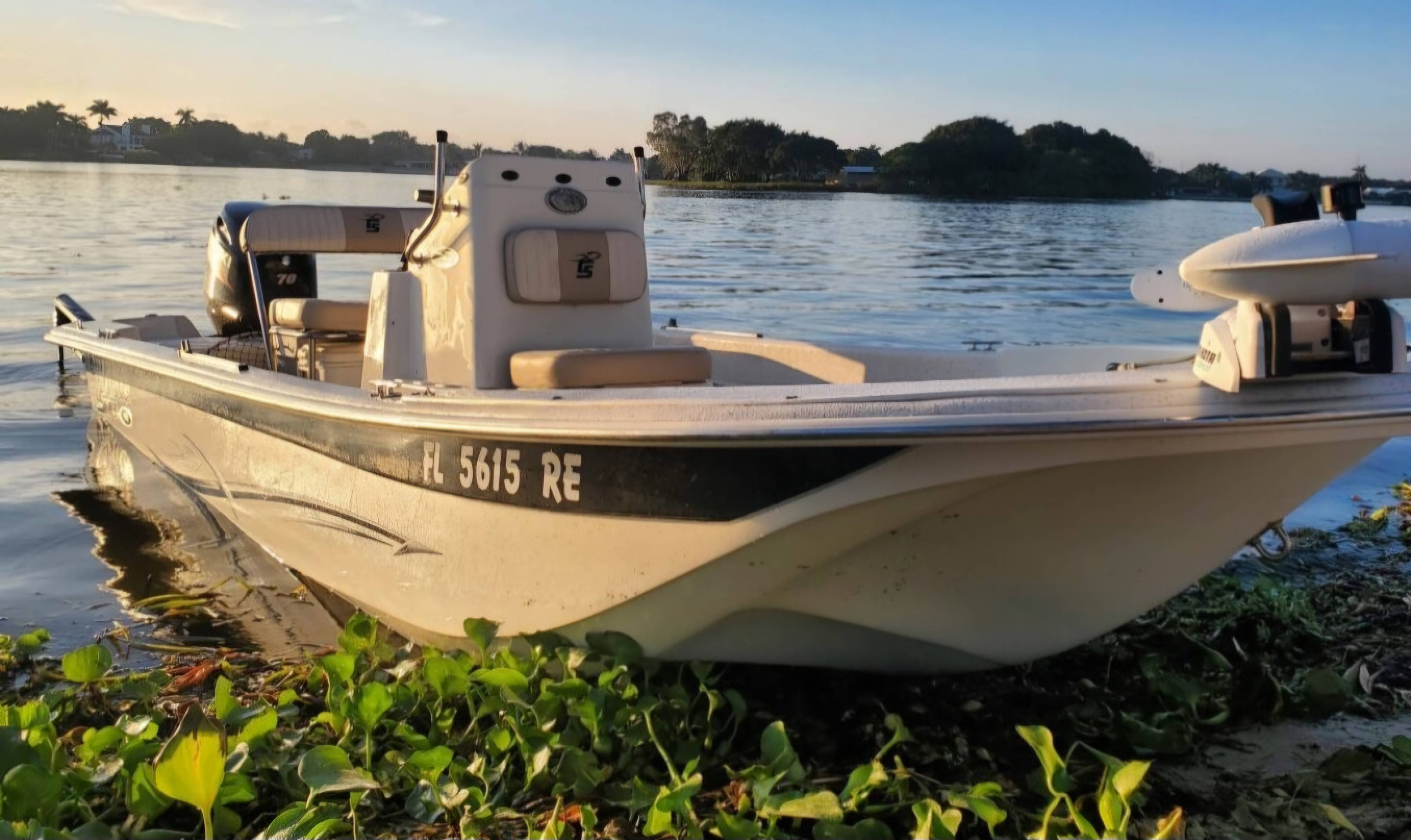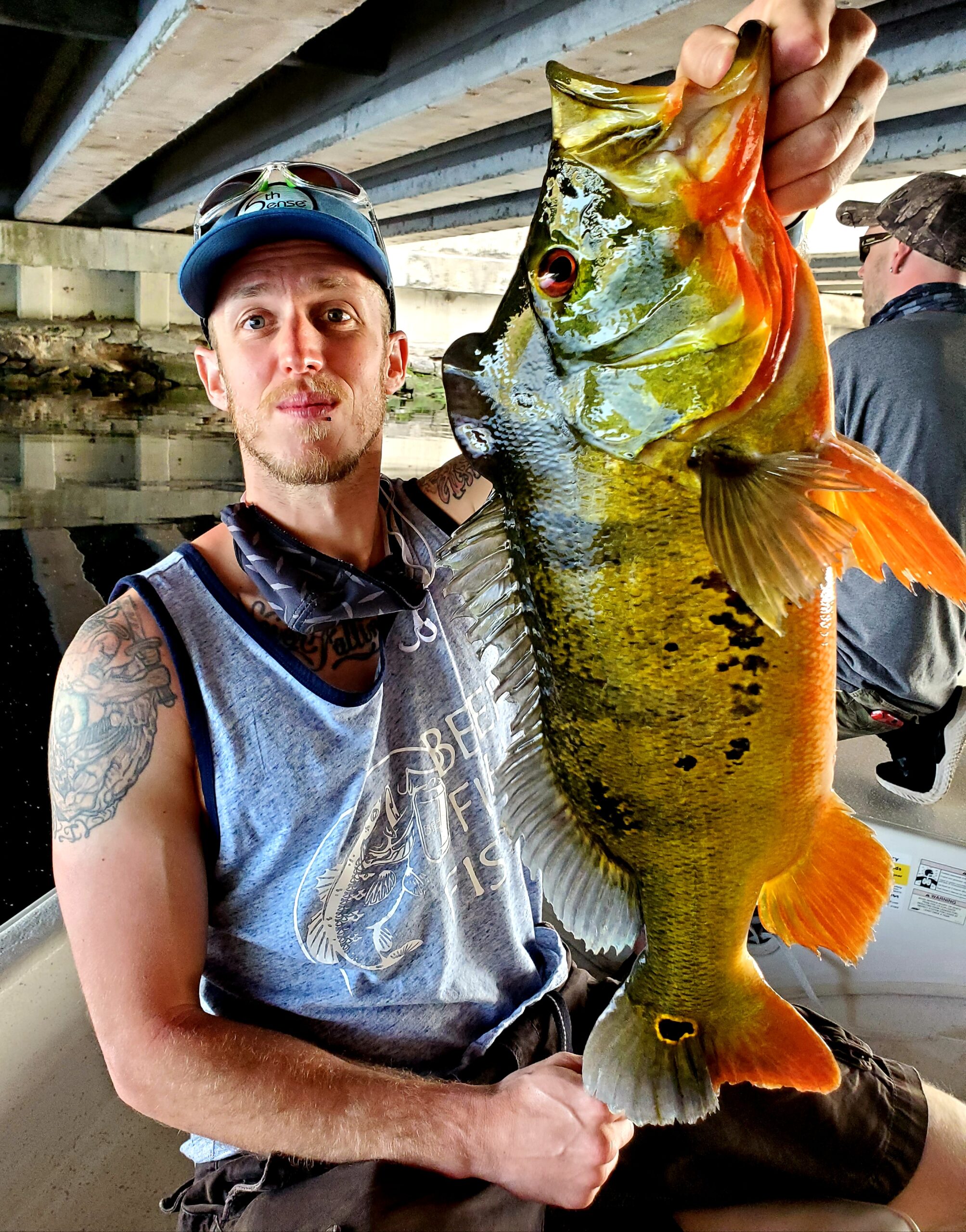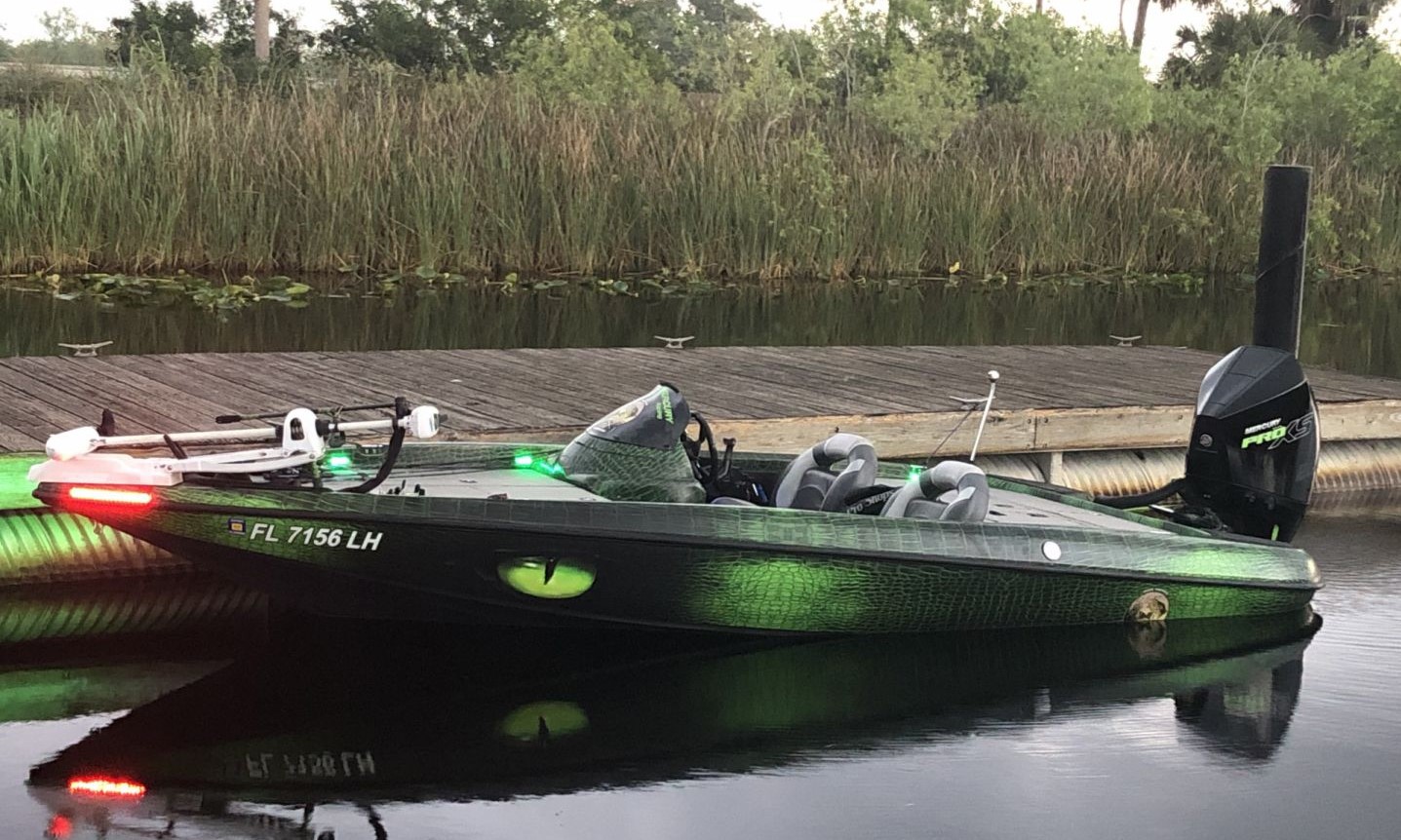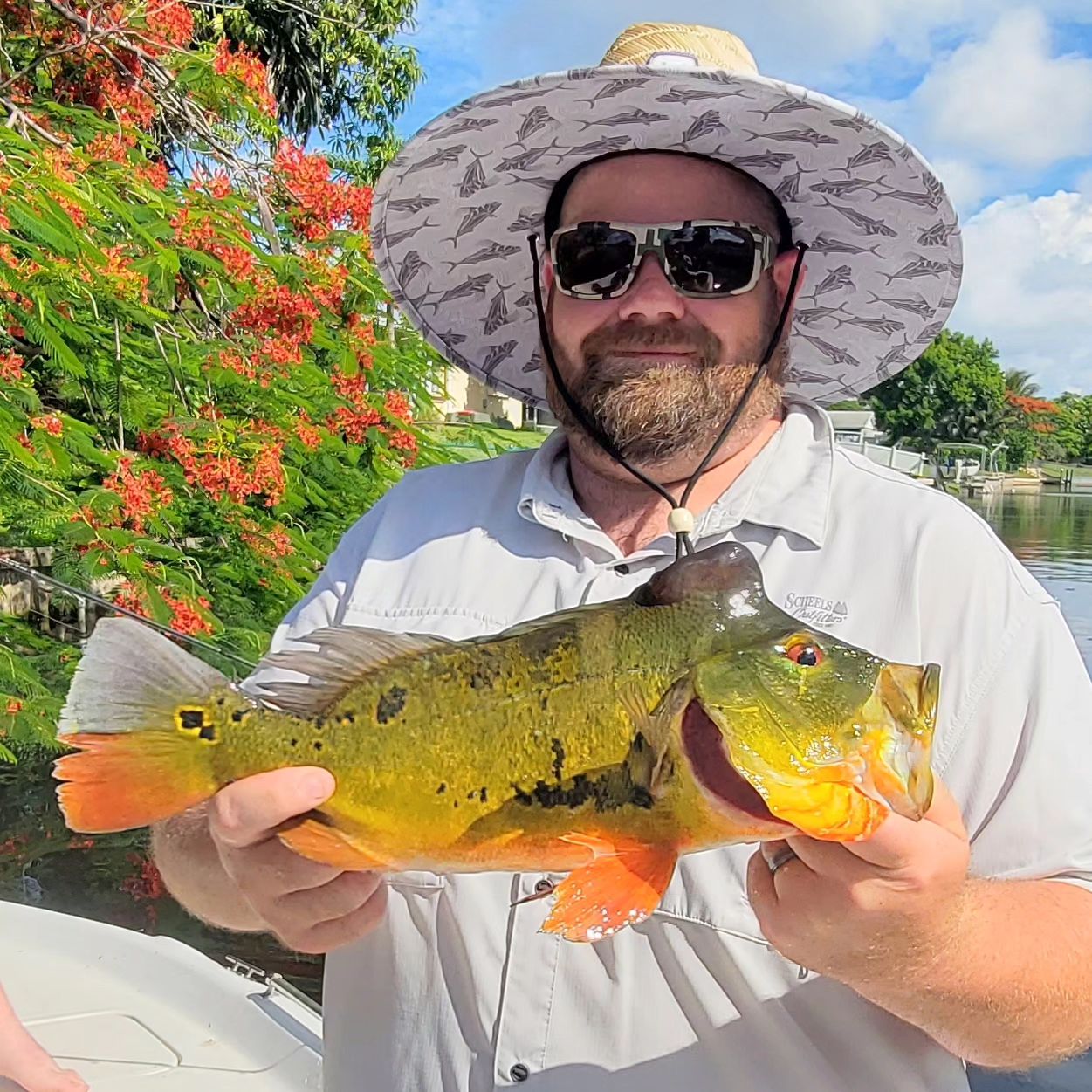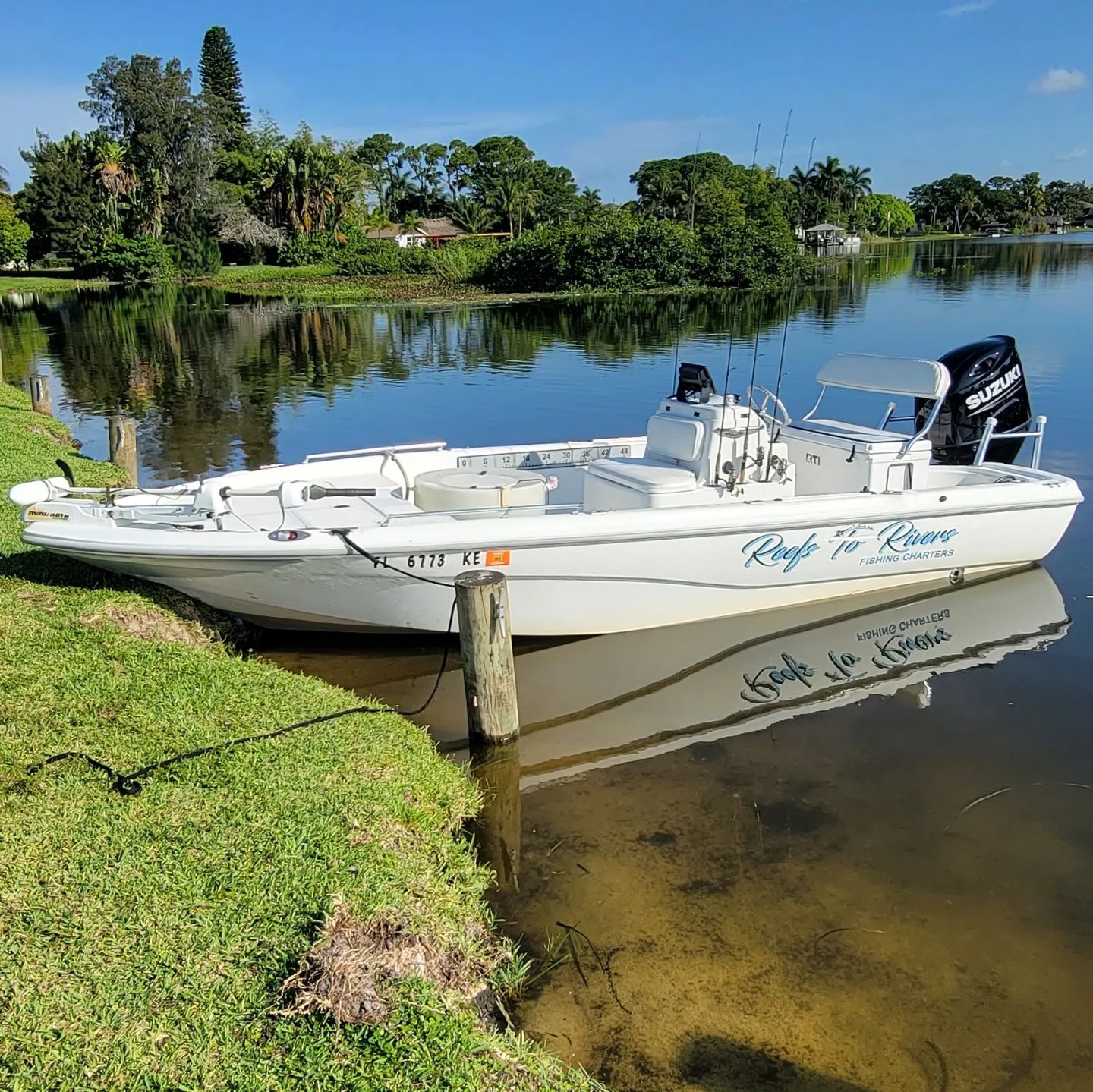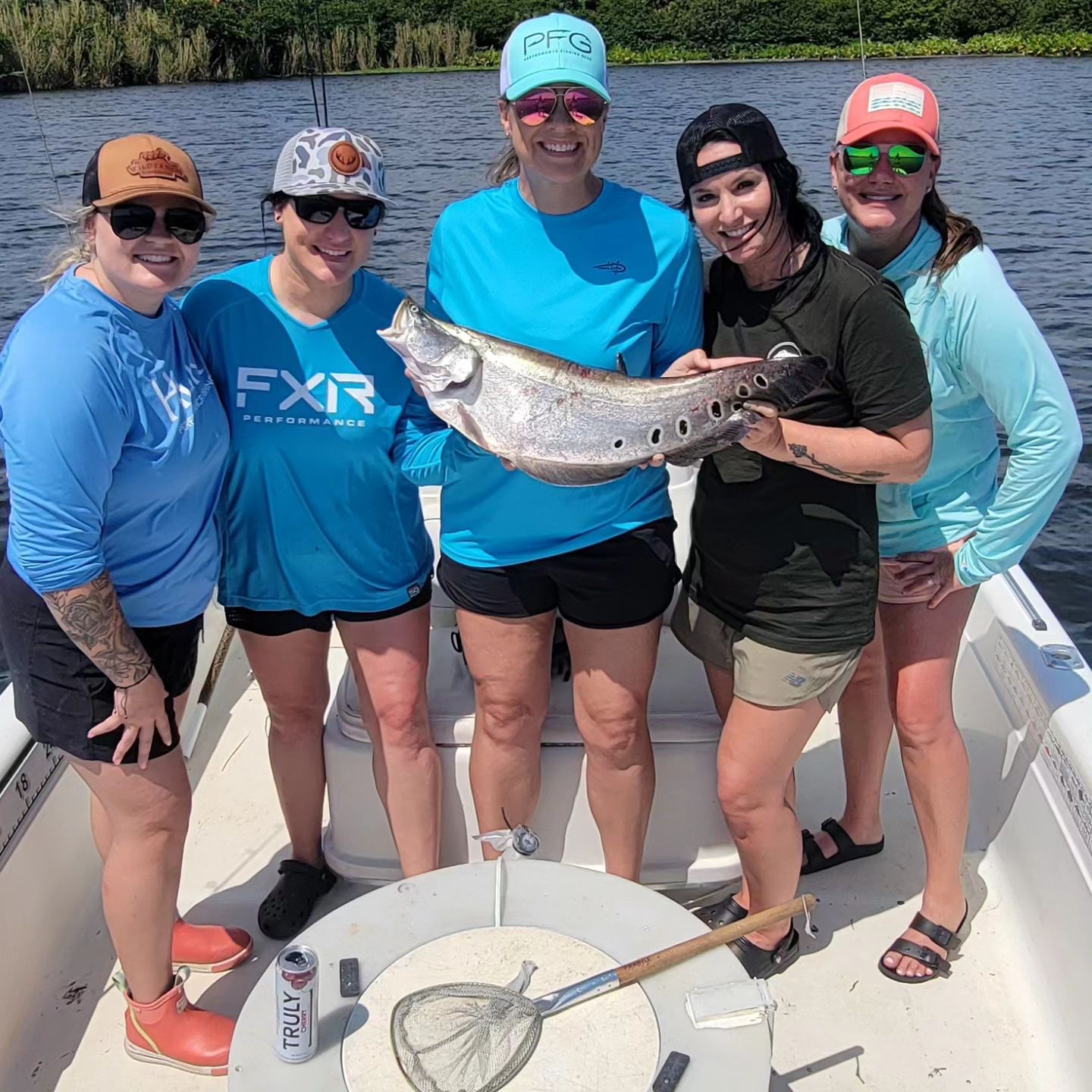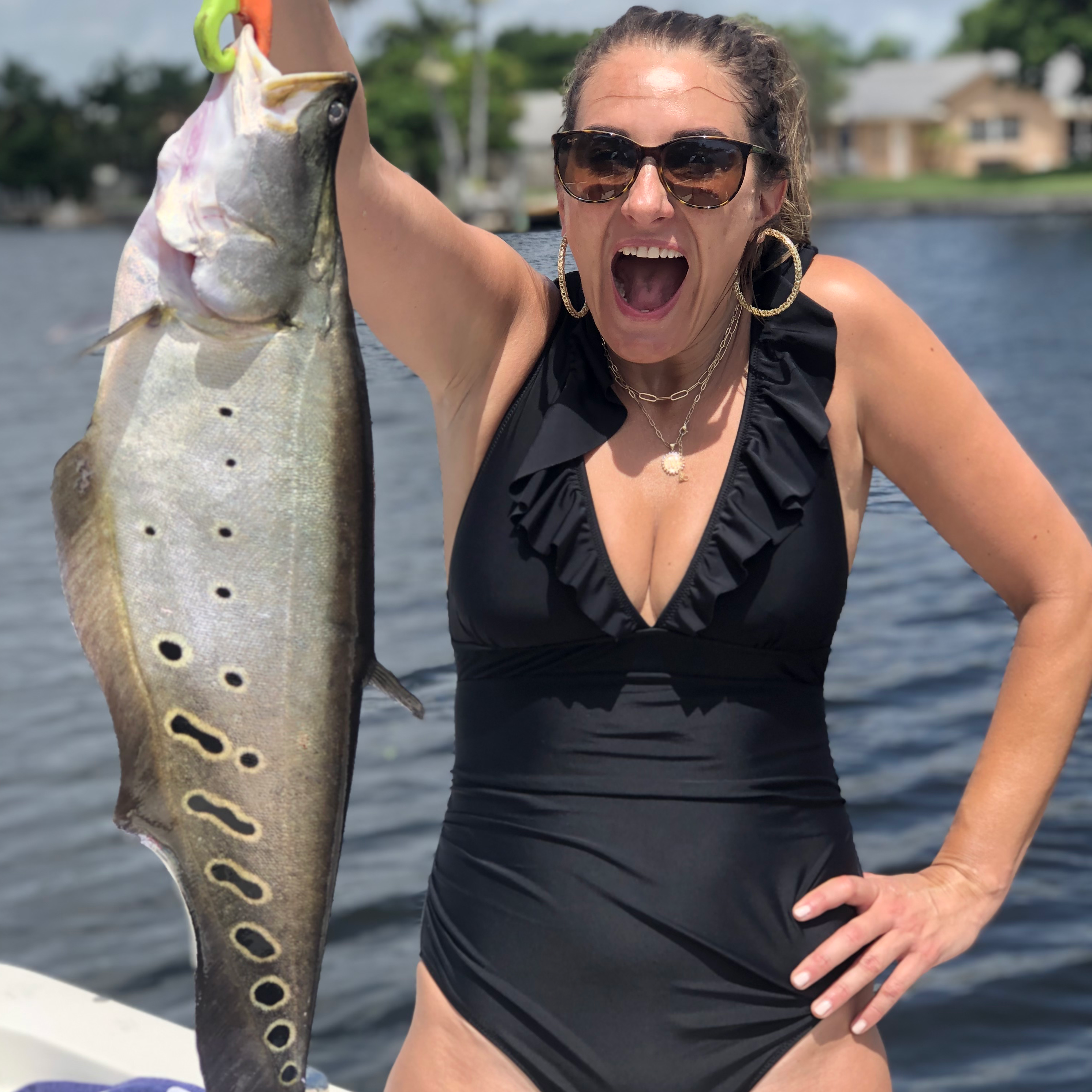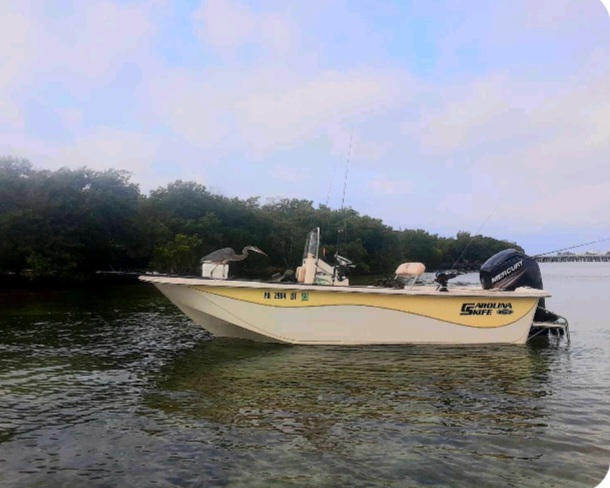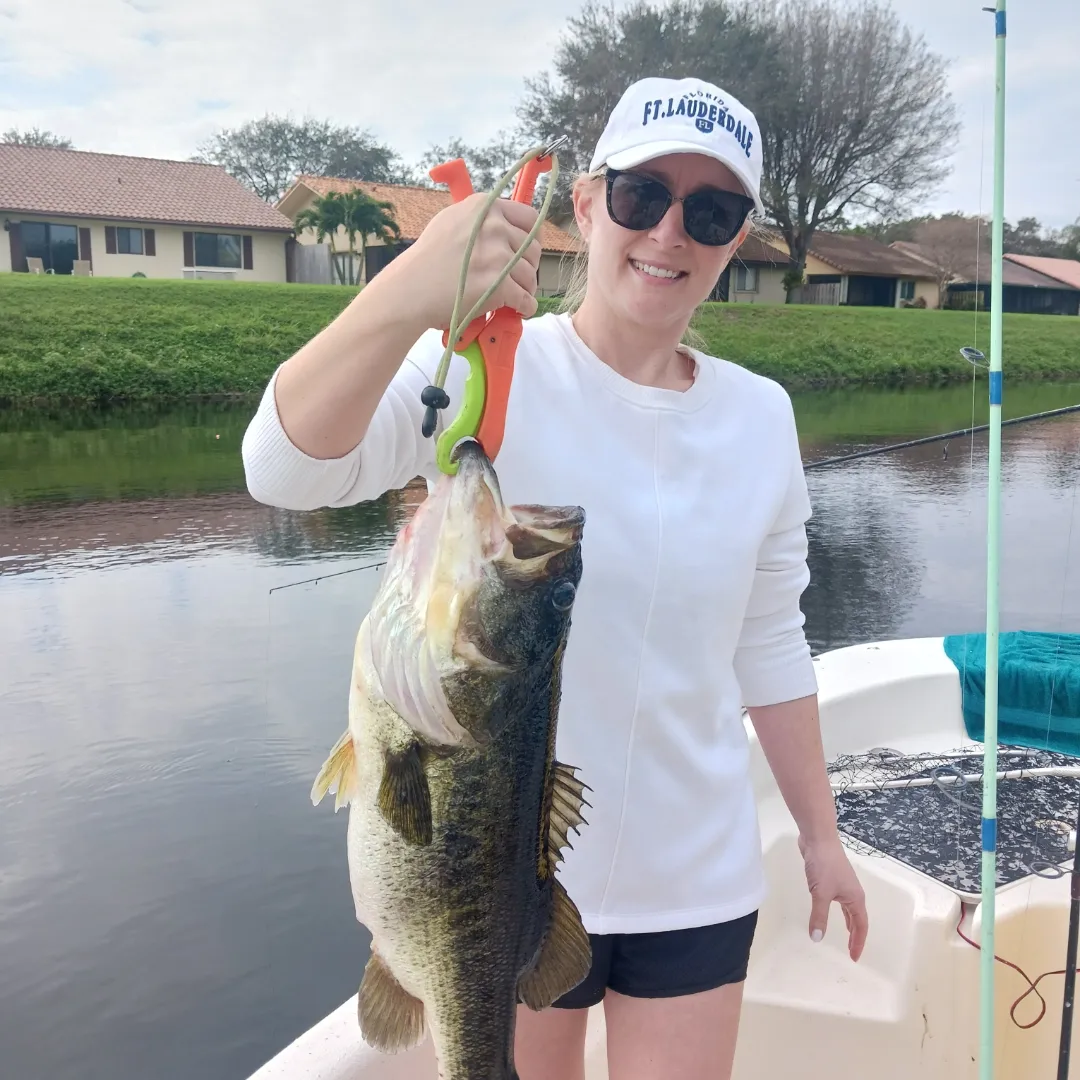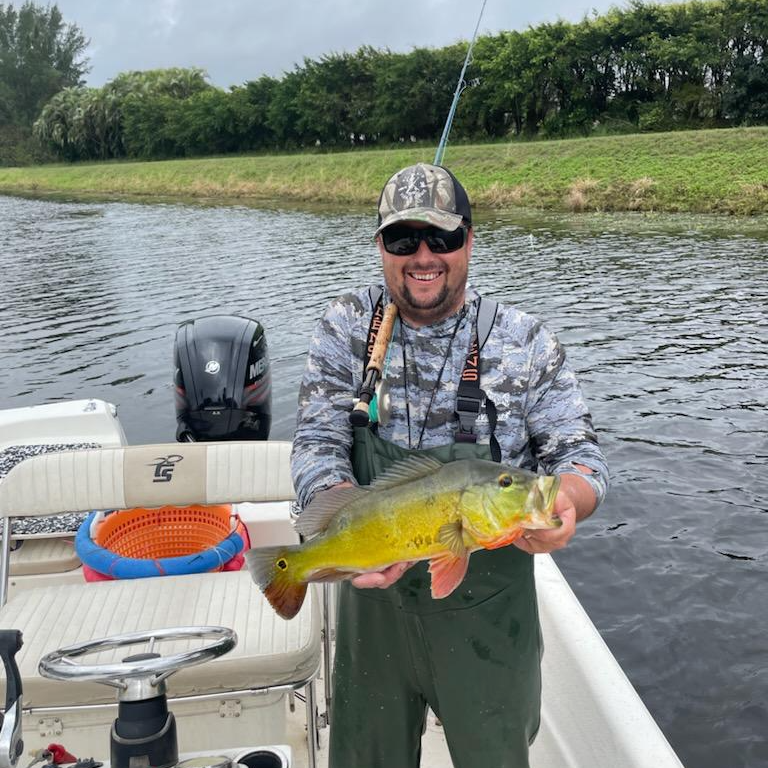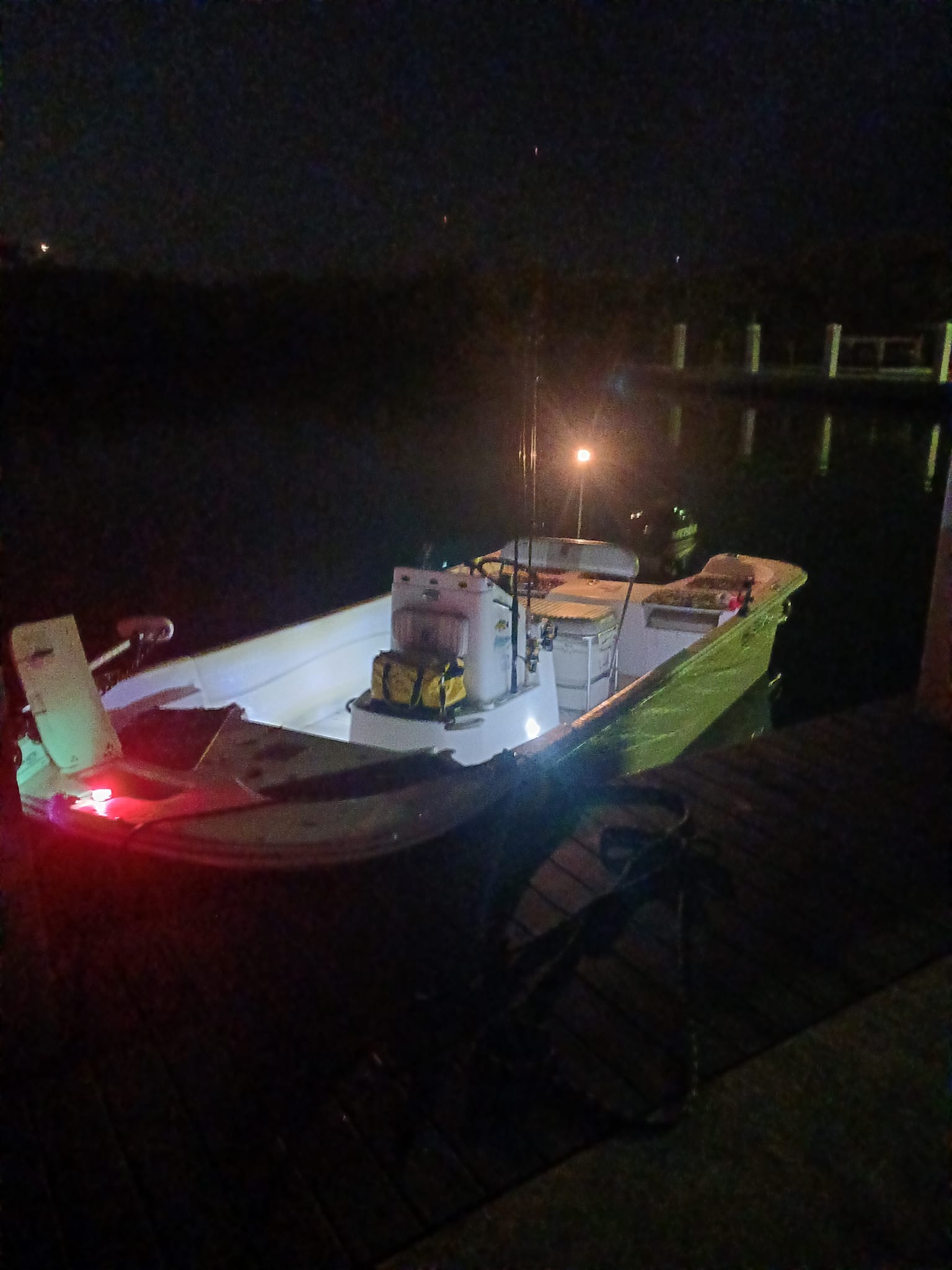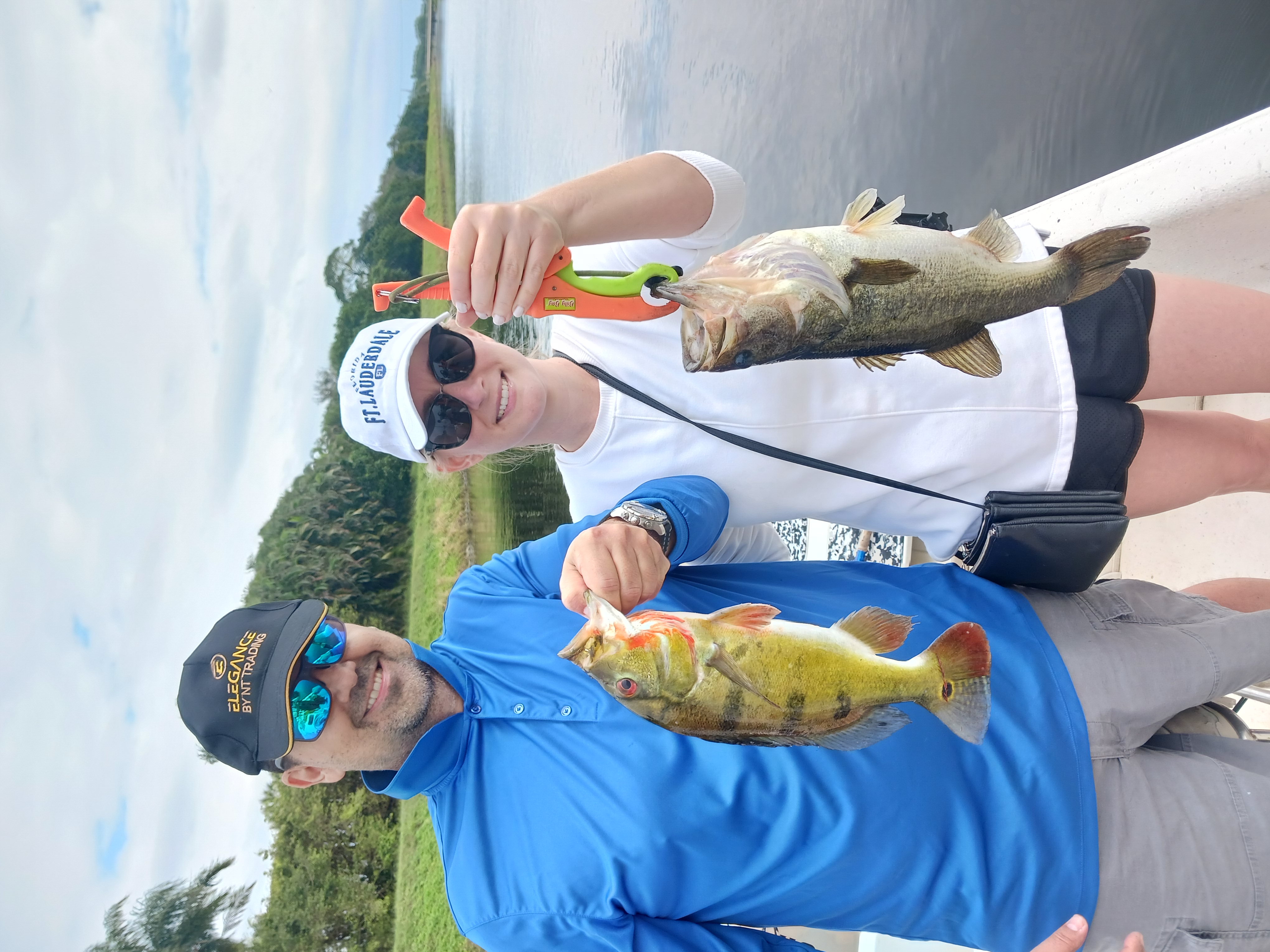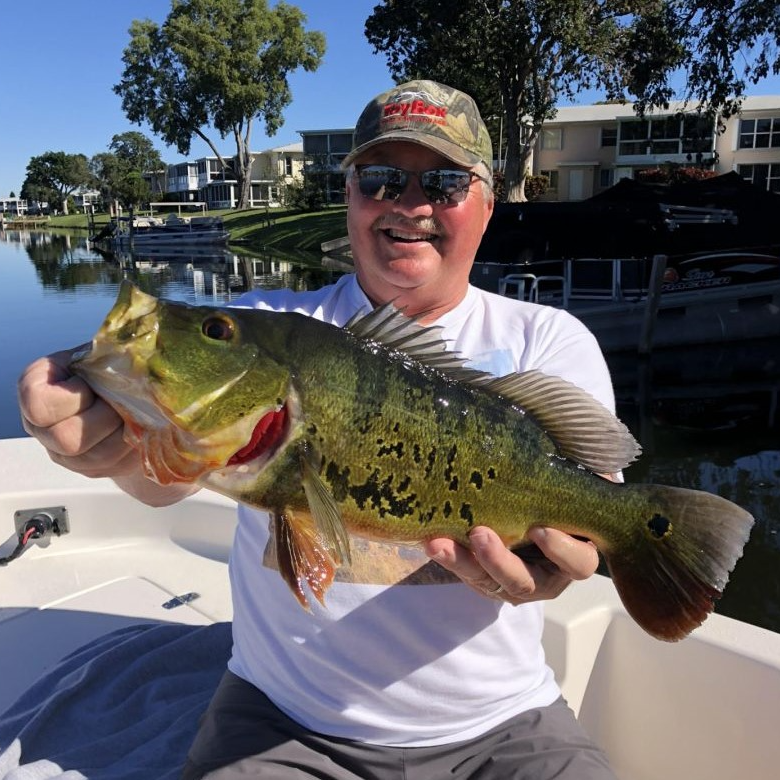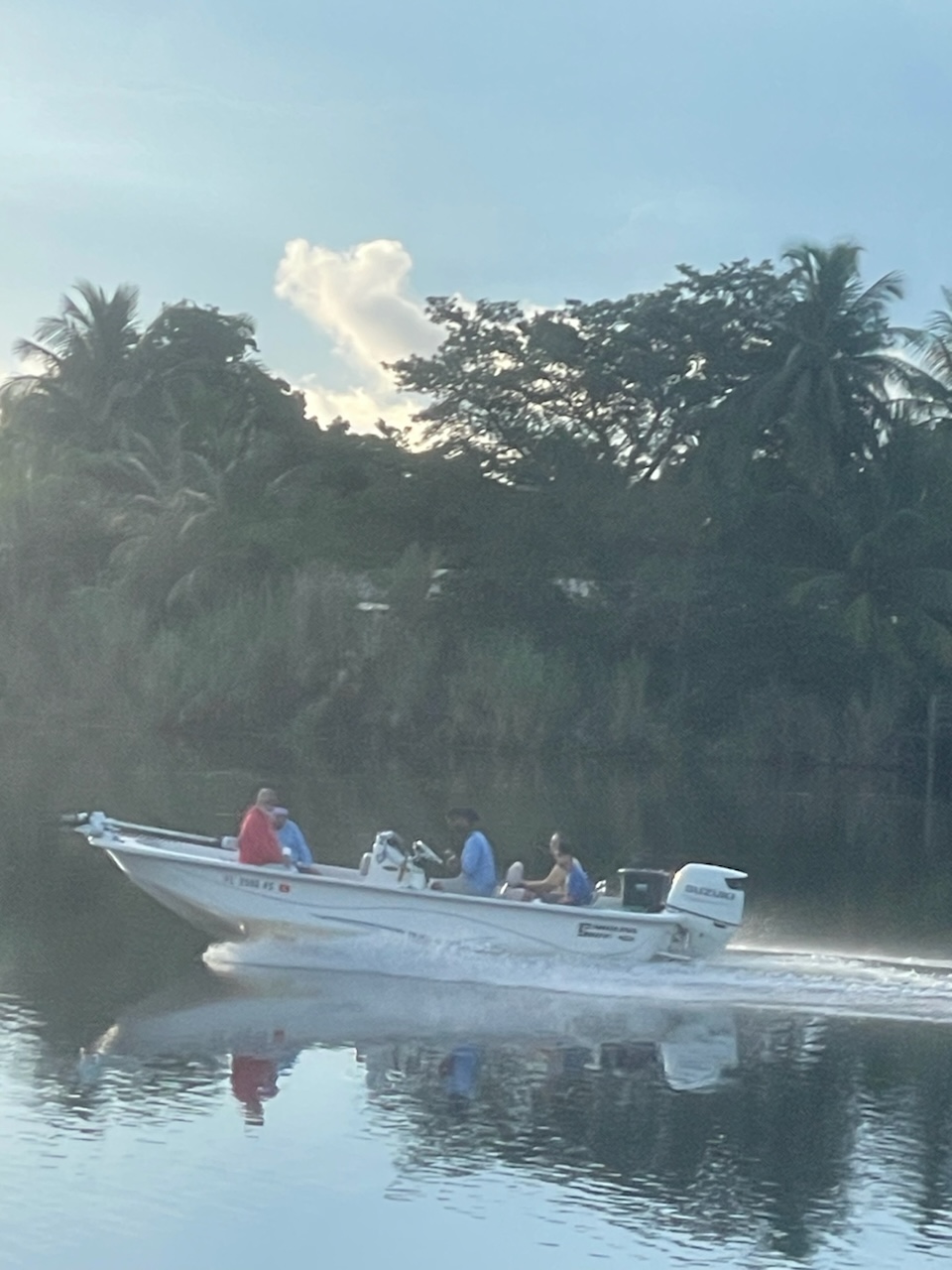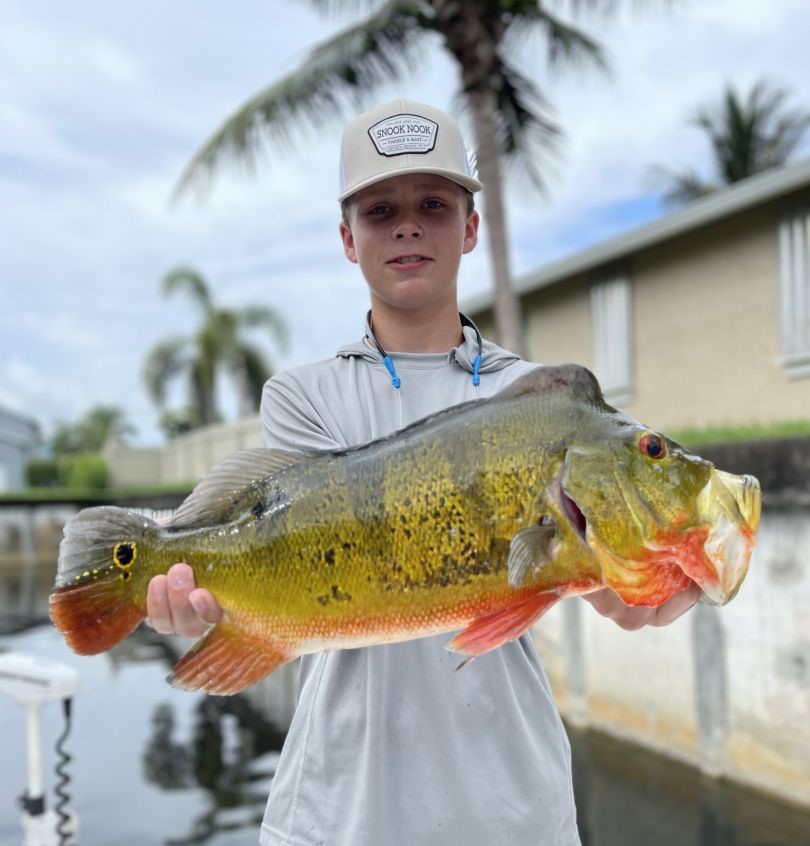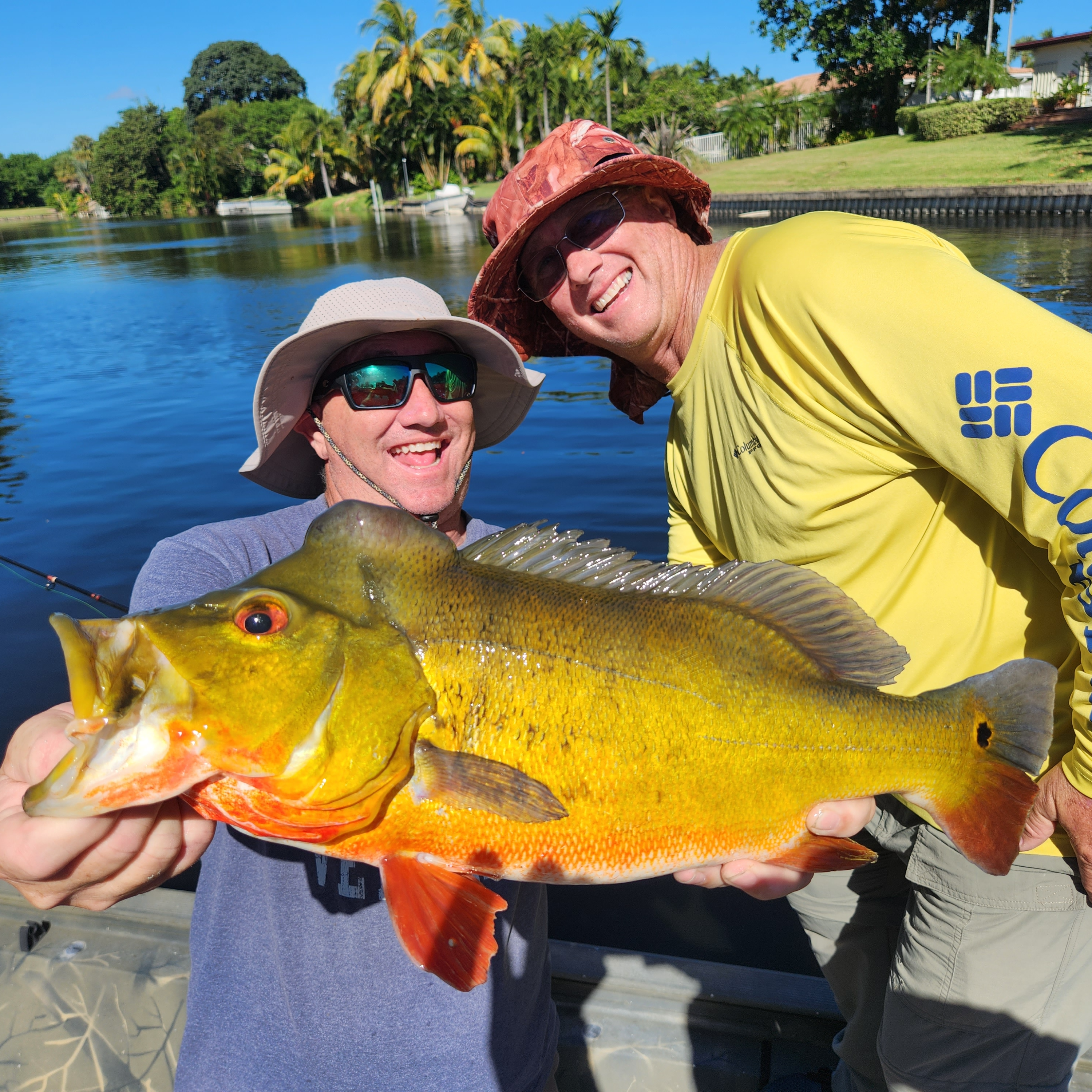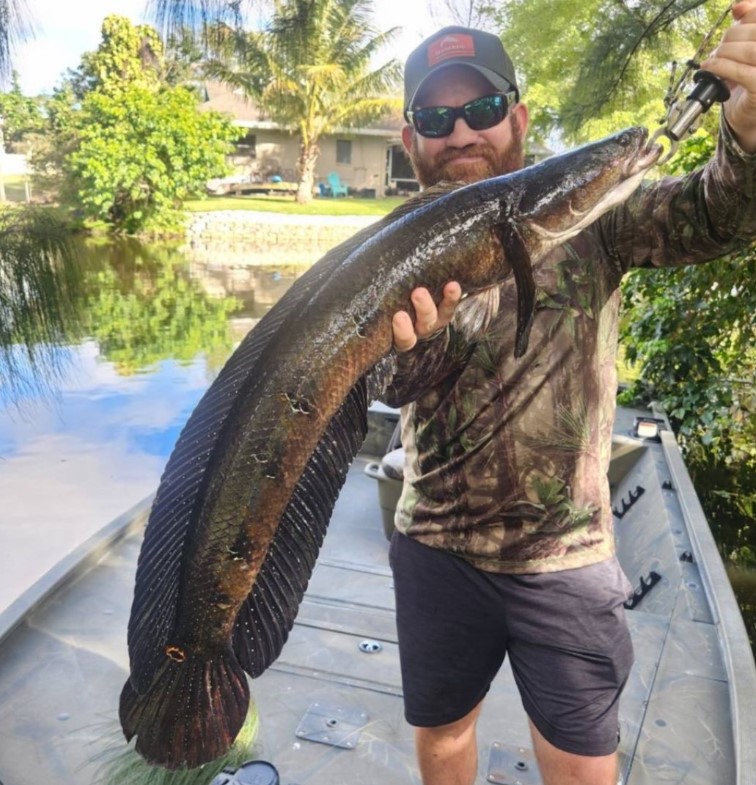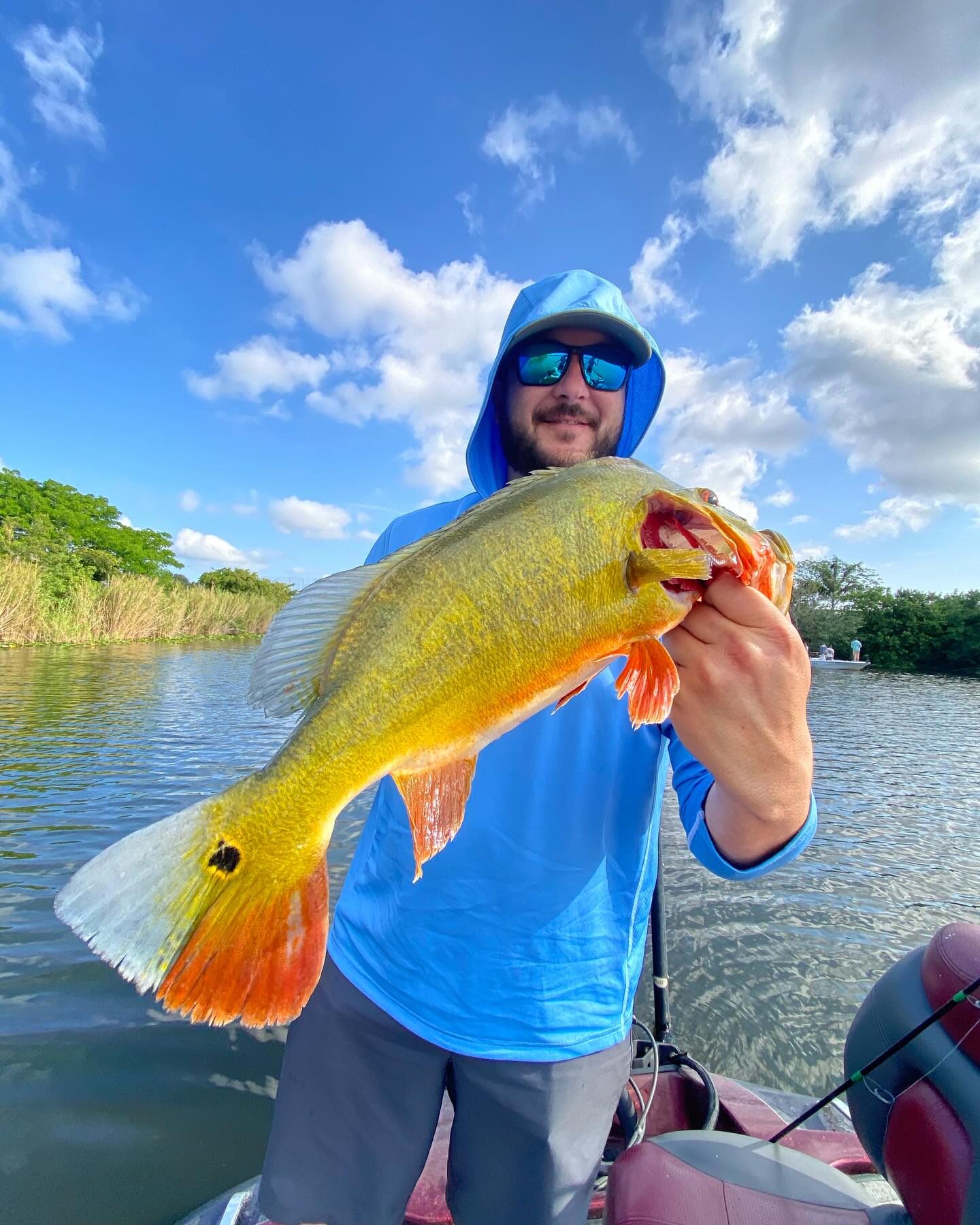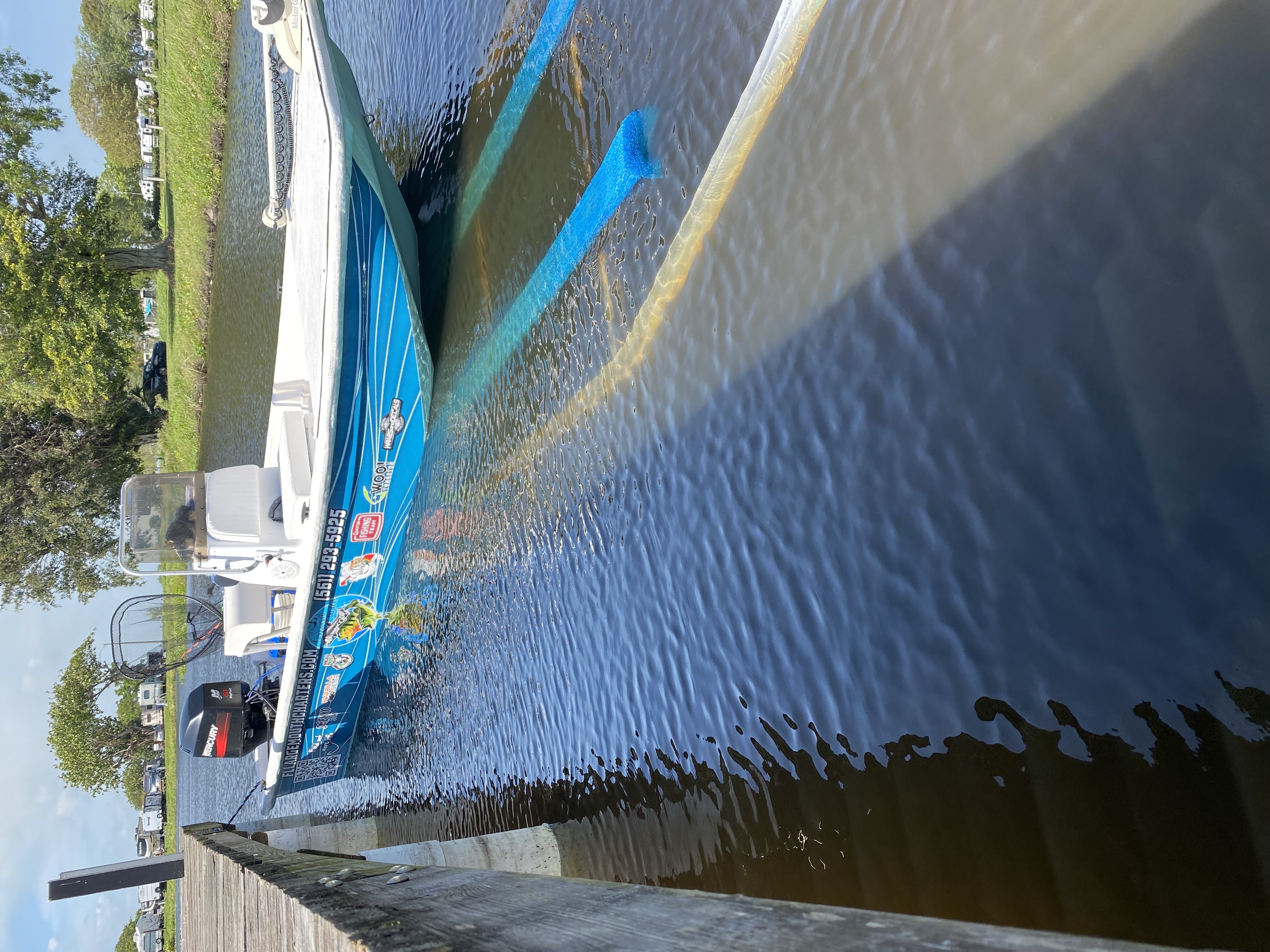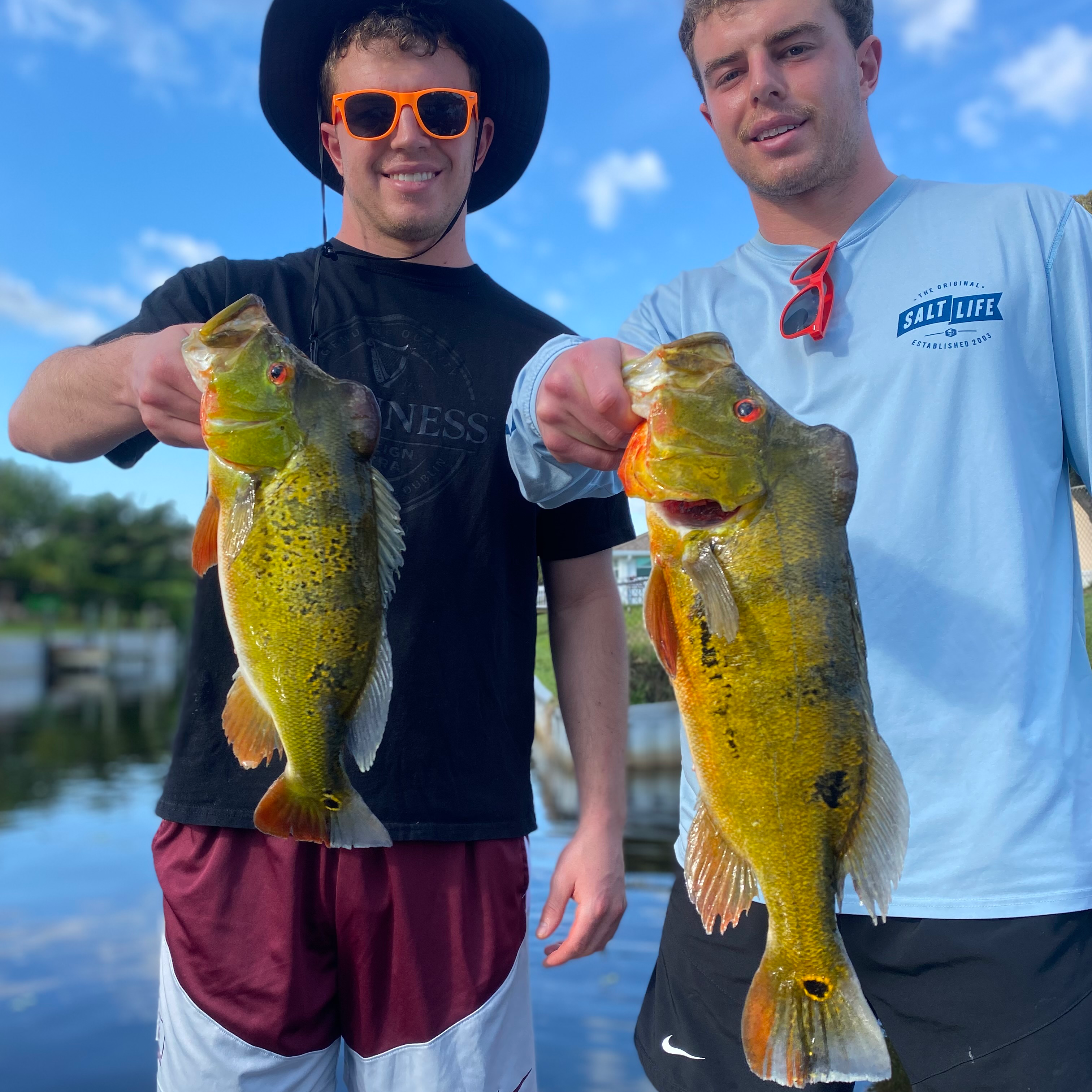Damn Good Guides
Experts Available 24/7
100% Weather Guarantee
Recently Booked Invasive Species Hunting Guides In Lake Ida
Invasive Species Hunting in Lantana
Iguana Hunting Insanity
“Our Damn Good Guides go above and beyond, and we’ve handpicked every single one. We’re passionate about the outdoors and look forward to getting you out on the trip of a lifetime, every time.”
Jonathan and Attison | Co-founders | Austin, Texas
Other Captain Experiences Trips in Lake Ida
Lake Ida Fishing For Peacock Bass
Lake Ida Freshwater Slam
Fishing Frenzy!
South Florida Freshwater
Peacock Bass Trophy Hunt
Lake Ida And Osborne Fishing
Unreal Peacock & Clown Knife Action
4 Hr AM Exotics
6 Hr Am Exotics
Catch And Release Big Exotics
River, Lake Fishing in Lake Worth Corridor
South Florida Lake Osborne & Ida
Lake Fishing in West Palm Beach
Epic Peacocks And Exotics (AM)
Need a Place to Stay?
Everything to Know About Booking a hunting trip in Lake Ida
What are the best invasive species hunting trips in Lake Ida?
The best invasive species hunting trips in Lake Ida are:
What is invasive species hunting in Lake Ida all about?
Invasive species hunting in Lake Ida, located in Delray Beach, Florida, is a vital part of maintaining the health of the lake’s aquatic ecosystems. Lake Ida is a popular spot for recreational activities and is surrounded by diverse habitats that support a variety of native flora and fauna. However, the presence of non-native species, such as the Brazilian pepper tree and various invasive fish species, can disrupt these ecosystems and threaten local wildlife.
One of the key invasive species in Lake Ida is the Brazilian pepper tree, an aggressive plant that can outcompete native vegetation and alter the habitat for local wildlife. To manage this invasive species, conservationists and volunteers engage in removal efforts, which include cutting down the trees and applying herbicides to prevent regrowth. This work helps to restore native plant communities and maintain the ecological balance of the lake’s shoreline.
In the water, invasive fish species like the Asian snakehead pose a significant threat to the lake’s ecosystem. These fish can outcompete native species for resources and disrupt the aquatic food chain. Anglers and wildlife management teams in Lake Ida use targeted fishing techniques to capture and remove these invasive fish, helping to protect the health of the lake’s native fish populations. By addressing both terrestrial and aquatic invasive species, Lake Ida’s management efforts contribute to preserving the lake’s natural beauty and ecological integrity for future generations.
What are the most popular months to go invasive species hunting in Lake Ida?
Invasive species hunting in Lake Ida is a vital component of preserving the lake's ecological balance and ensuring the health of its aquatic environment. One of the main concerns in Lake Ida is the presence of invasive plant species like hydrilla. This fast-growing aquatic plant can form dense mats that block sunlight and deplete oxygen levels in the water, adversely affecting native plants and fish populations. Management efforts to control hydrilla are usually conducted throughout the year, with peak activity often occurring during the growing season when the plant is most prolific.
In addition to aquatic plants, Lake Ida also faces challenges from invasive fish species such as the Asian swamp eel. These eels can outcompete native fish for food and habitat, disrupting the lake's ecosystem. Efforts to manage these invasive fish involve regular removal activities, with increased focus during the warmer months when their activity levels are higher. Local fishing groups and conservationists often collaborate to implement effective control measures and mitigate the impact of these invaders.
Overall, invasive species hunting in Lake Ida plays a crucial role in maintaining the health and diversity of the lake’s ecosystems. By targeting both plant and fish invaders, conservationists help protect native species and preserve the lake’s natural beauty. These ongoing efforts not only contribute to the ecological resilience of Lake Ida but also support the recreational and environmental value of the lake for the local community.
What techniques are popular for invasive species hunting in Lake Ida?
In Lake Ida, managing invasive species is essential for preserving the health of the local ecosystem. One of the primary invasive species targeted in the lake is the giant salvinia. This fast-growing aquatic plant can quickly overtake water bodies, blocking sunlight and disrupting native plant and animal life. To control giant salvinia, manual removal is often employed. This involves using rakes or specialized harvesters to physically remove the floating mats of plants from the lake. Regular monitoring and removal efforts help to keep the salvinia under control and prevent it from spreading further.
Another invasive species affecting Lake Ida is the tilapia. These non-native fish can compete with native species for resources and disrupt the aquatic food chain. Managing tilapia populations typically involves targeted fishing. Anglers use nets or fishing lines to catch and remove tilapia from the lake. By reducing their numbers, this method helps to alleviate competition with native fish and maintain a balanced ecosystem. Consistent fishing efforts are necessary to keep the tilapia population in check and support the health of the lake’s aquatic community.
Additionally, invasive plant species like the water hyacinth are managed through a combination of mechanical and chemical methods. Mechanical removal involves using boats equipped with cutting blades or rakes to harvest the plants from the water. In some cases, herbicides may be applied to control large infestations. Removing these plants helps to restore the balance of native vegetation and improve water quality in Lake Ida. By addressing giant salvinia, tilapia, and water hyacinth, Lake Ida’s management efforts work to preserve the lake’s natural beauty and ecological health.
What species are popular for invasive species hunting in Lake Ida?
In Lake Ida, invasive species management is crucial for maintaining the health of the local freshwater ecosystem. One notable invasive species in the area is the Blue Tilapia. Originally introduced for aquaculture purposes, Blue Tilapia have established significant populations in Lake Ida. These fish can disrupt native aquatic ecosystems by competing with local species for resources and altering habitats. Anglers targeting Blue Tilapia often use rod and reel techniques with live bait or artificial lures. Bowfishing is also an effective method, especially in the shallow areas where Tilapia are commonly found. Removing Blue Tilapia helps to preserve the balance of the lake's aquatic environment.
Another invasive species present in Lake Ida is the Northern Snakehead. This aggressive predator, native to Asia, can outcompete native fish species and disrupt local ecosystems. Fishing for Northern Snakeheads in Lake Ida typically involves rod and reel techniques with live bait or artificial lures. These fish are often found in areas with dense vegetation or slow-moving water, making these spots ideal for targeting them. Managing the Northern Snakehead population is important to protect native fish communities and maintain the overall health of the lake.
Additionally, the Common Carp, another invasive species, poses challenges for Lake Ida’s ecosystem. Carp can cause significant ecological damage by stirring up sediment and uprooting aquatic plants. Anglers can target Common Carp using rod and reel setups with specialized bait designed to attract them. Carp fishing in Lake Ida often involves techniques like bottom fishing with dough balls or corn. By controlling the Common Carp population, anglers contribute to improving water quality and supporting the health of the lake's native aquatic species.
Recent Reviews
Featured Cities
- Fishing Charters Near Me
- Austin Fishing Guides
- Biloxi Fishing Charters
- Bradenton Fishing Charters
- Cabo San Lucas Fishing Charters
- Cancun Fishing Charters
- Cape Coral Fishing Charters
- Charleston Fishing Charters
- Clearwater Fishing Charters
- Corpus Christi Fishing Charters
- Crystal River Fishing Charters
- Dauphin Island Fishing Charters
- Daytona Beach Fishing Charters
- Destin Fishing Charters
- Fort Lauderdale Fishing Charters
- Fort Myers Fishing Charters
- Fort Walton Beach Fishing Charters
- Galveston Fishing Charters
- Gulf Shores Fishing Charters
- Hatteras Fishing Charters
- Hilton Head Fishing Charters
- Islamorada Fishing Charters
- Jacksonville Fishing Charters
- Jupiter Fishing Charters
- Key Largo Fishing Charters
- Key West Fishing Charters
- Kona Fishing Charters
- Lakeside Marblehead Fishing Charters
- Marathon Fishing Charters
- Marco Island Fishing Charters
- Miami Fishing Charters
- Montauk Fishing Charters
- Morehead City Fishing Charters
- Naples Fishing Charters
- New Orleans Fishing Charters
- New Smyrna Beach Fishing Charters
- Ocean City Fishing Charters
- Orange Beach Fishing Charters
- Panama City Beach Fishing Charters
- Pensacola Fishing Charters
- Pompano Beach Fishing Charters
- Port Aransas Fishing Charters
- Port Orange Fishing Charters
- Rockport Fishing Charters
- San Diego Fishing Charters
- San Juan Fishing Charters
- Sarasota Fishing Charters
- South Padre Island Fishing Charters
- St. Augustine Fishing Charters
- St. Petersburg Fishing Charters
- Tampa Fishing Charters
- Tarpon Springs Fishing Charters
- Venice Fishing Charters
- Virginia Beach Fishing Charters
- West Palm Beach Fishing Charters
- Wilmington Fishing Charters
- Wrightsville Beach Fishing Charters
Didn't Find What You Were Looking For?
Our guides are Damn Good Guides, which means they’re vetted by our team of outdoor experts who know them on a first-name basis. We hand pick each and every one of them, and our network spans all across the US and beyond.
The proof is in the pudding, and we’re incredibly proud of our 4.9 / 5 average review score. Hit the button below to see more trip options:
